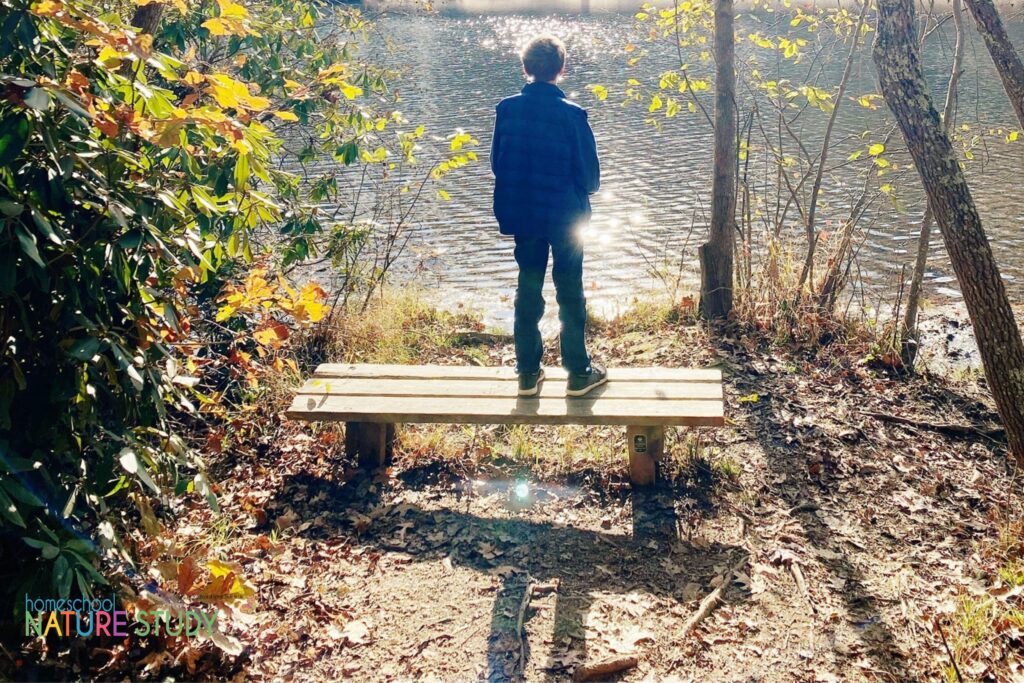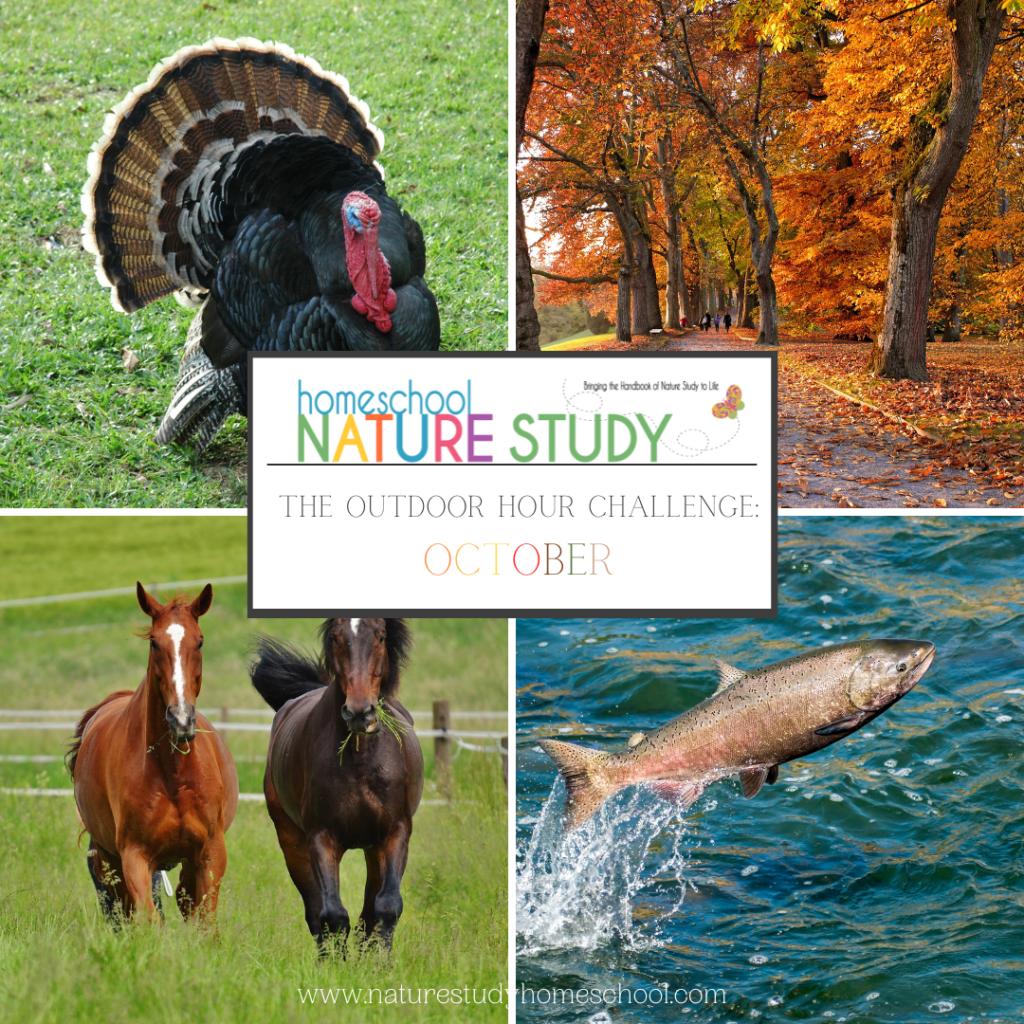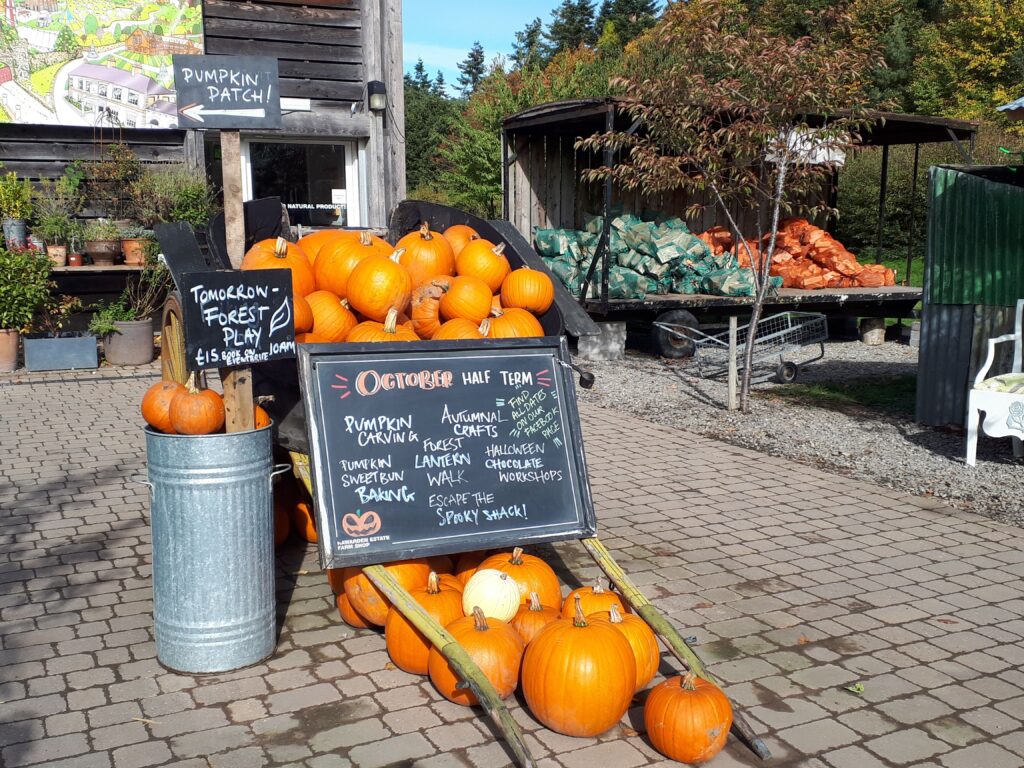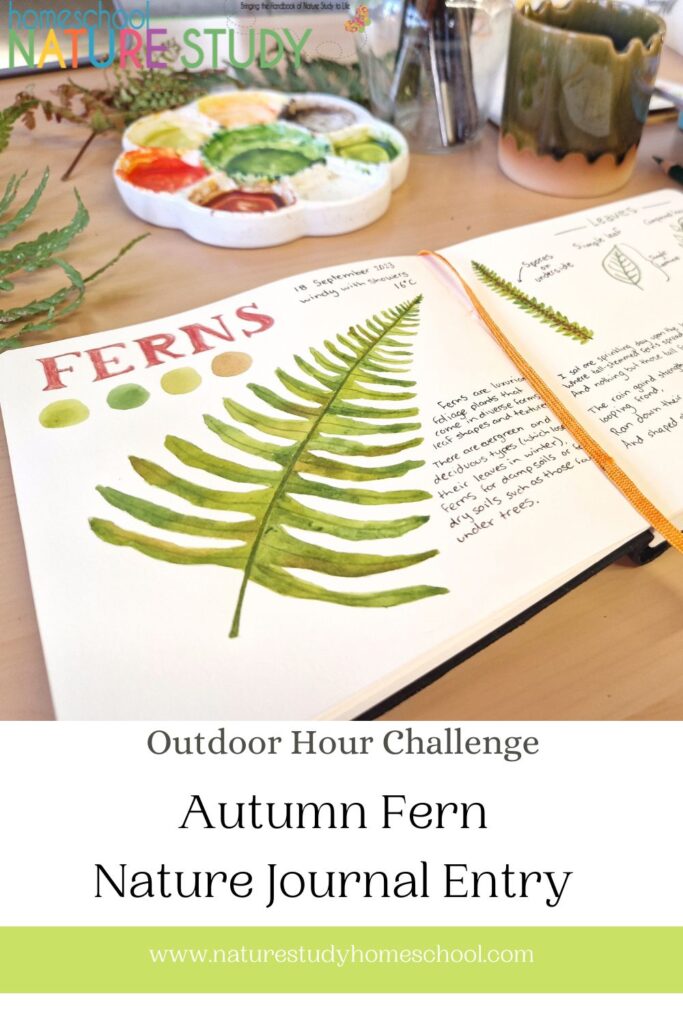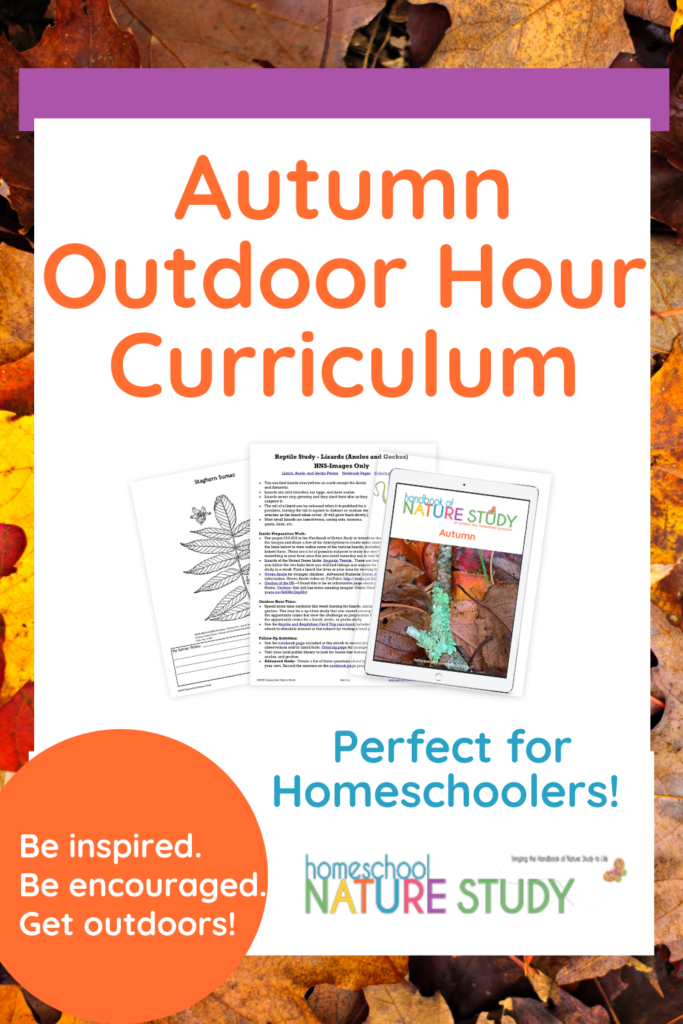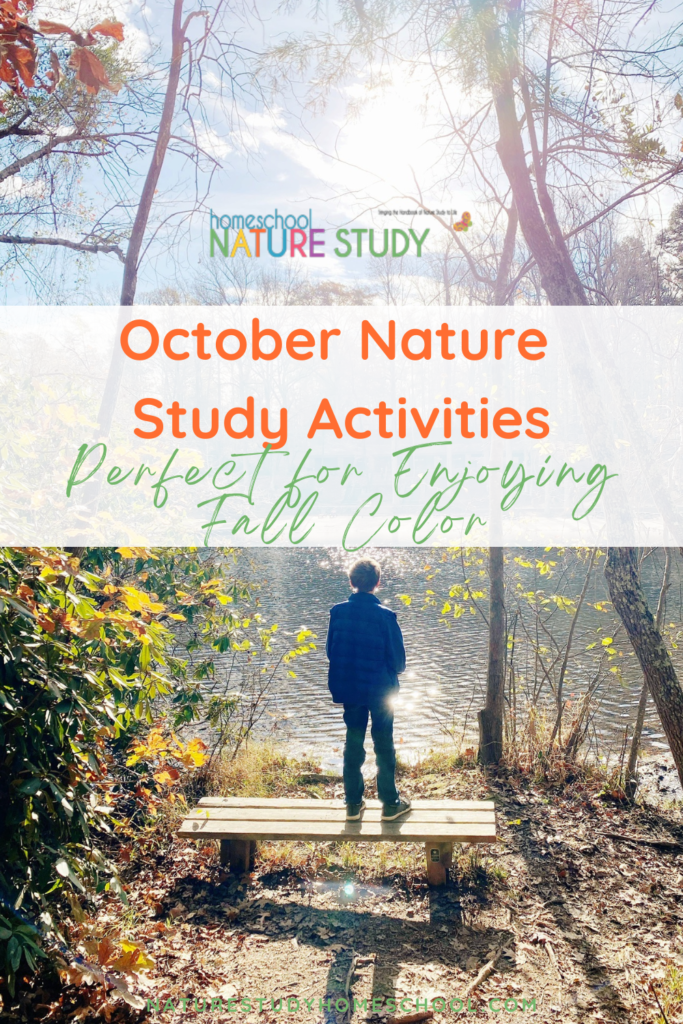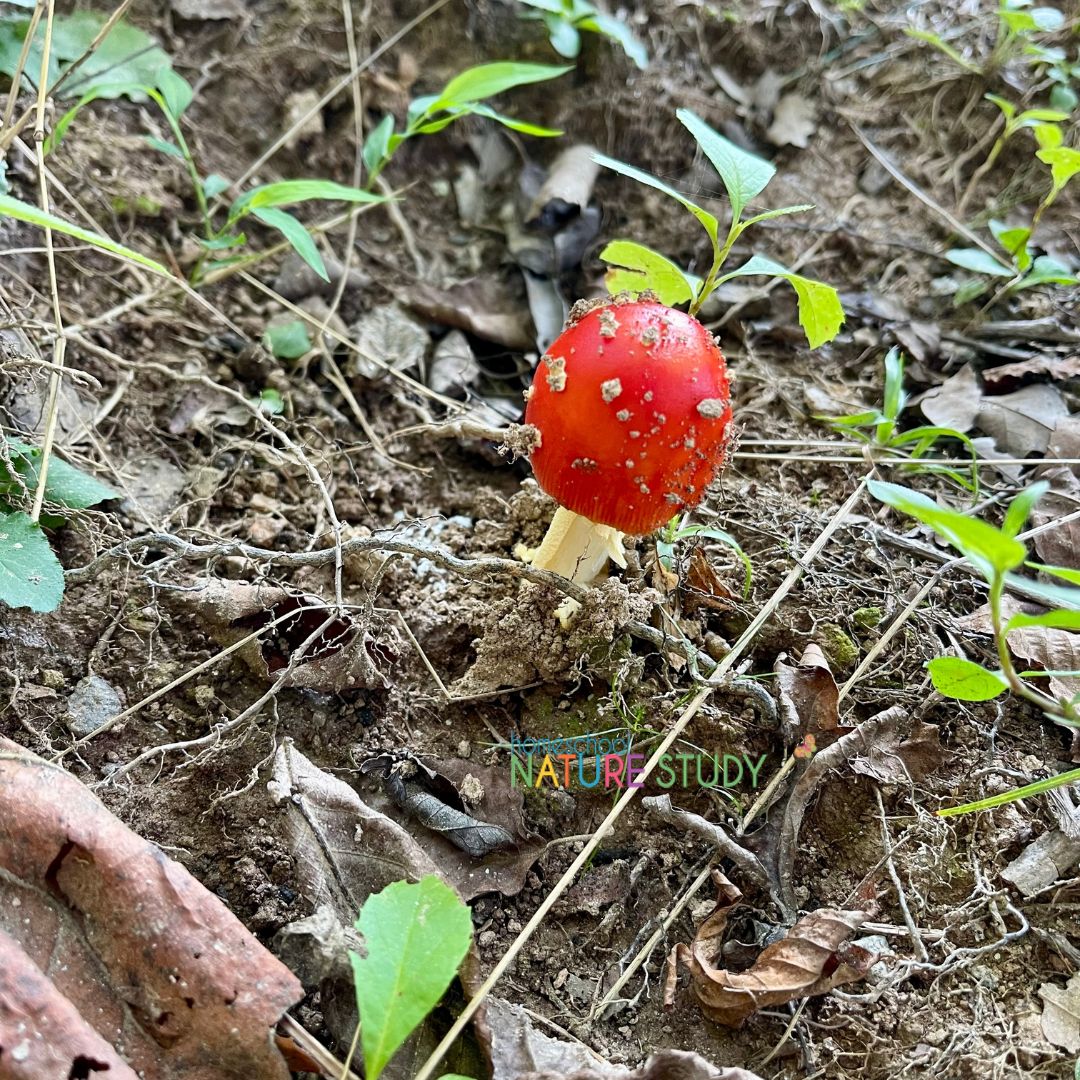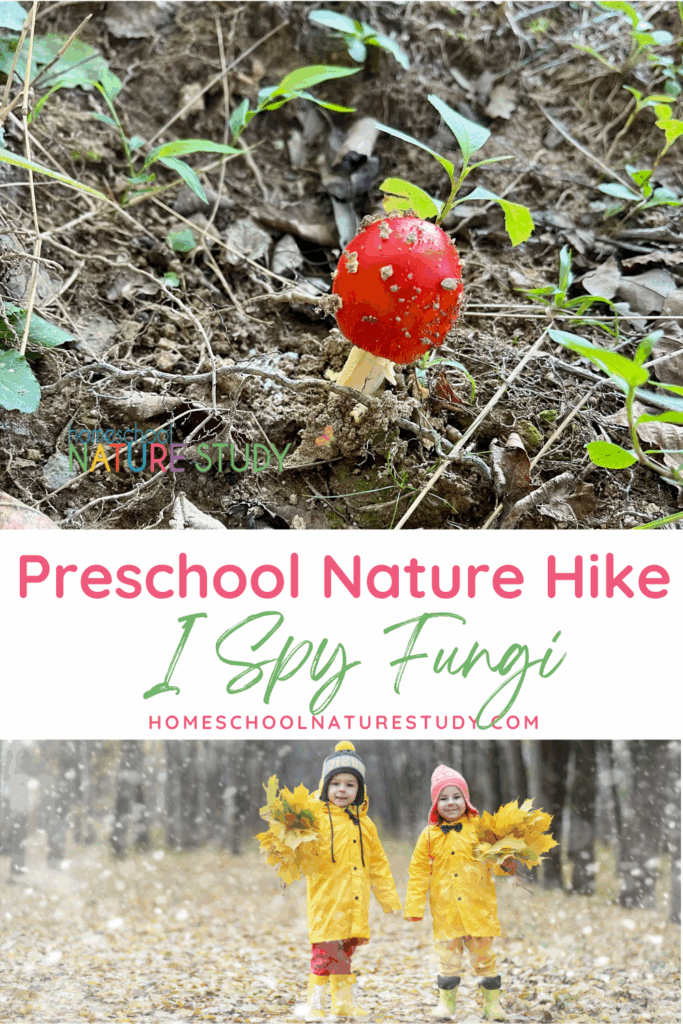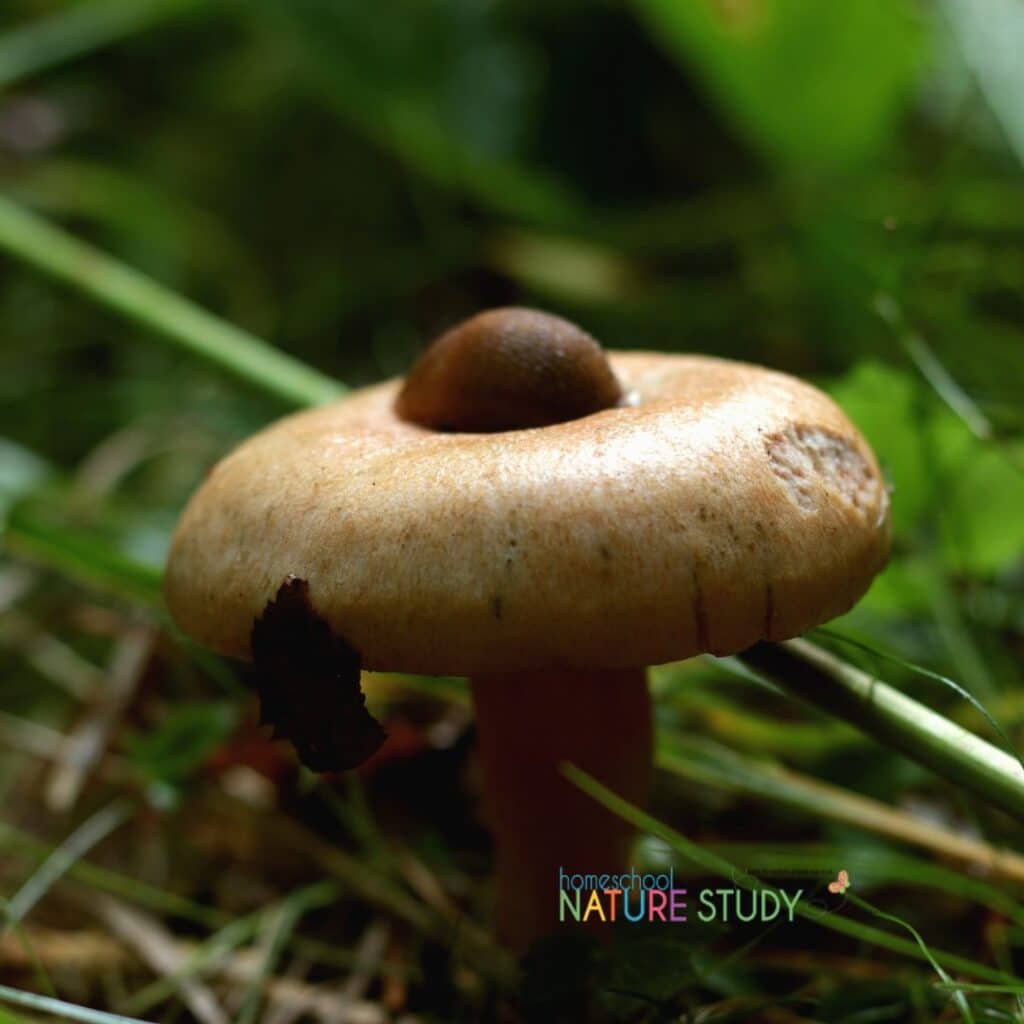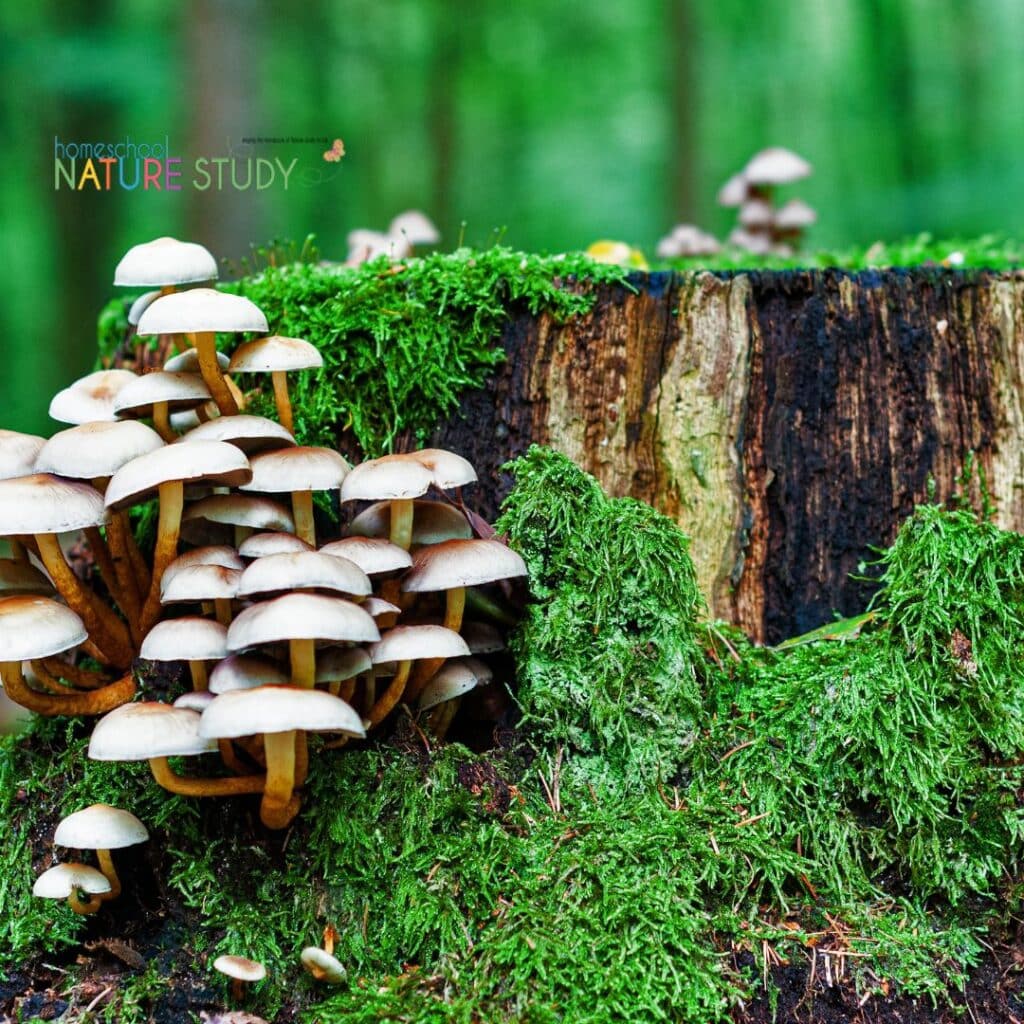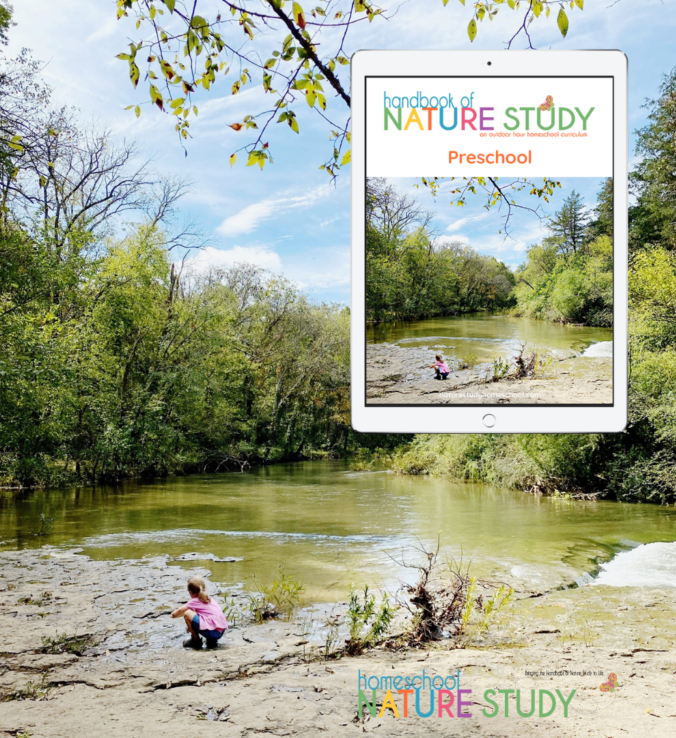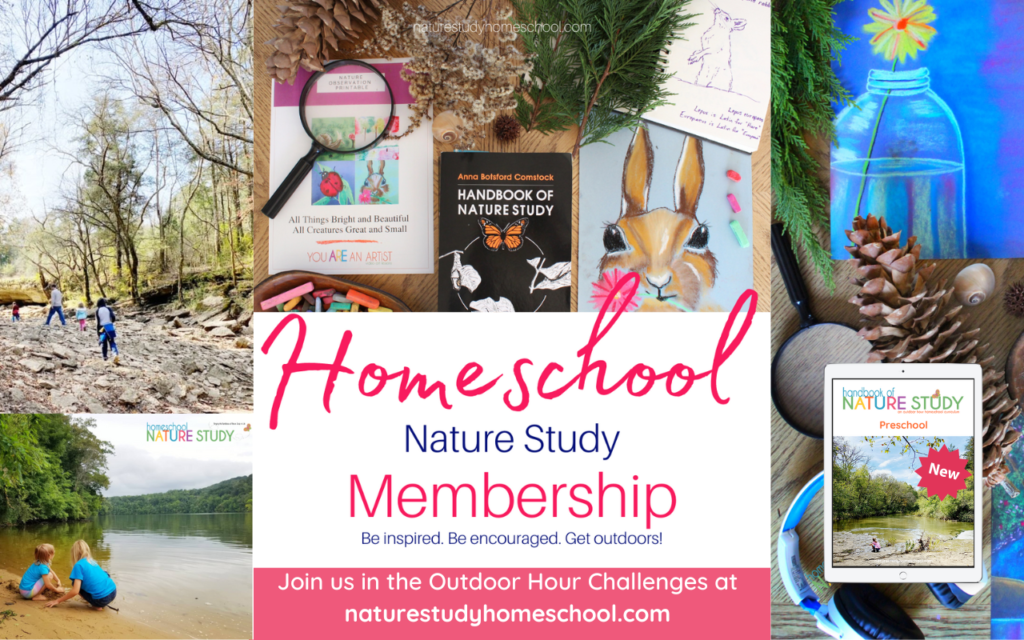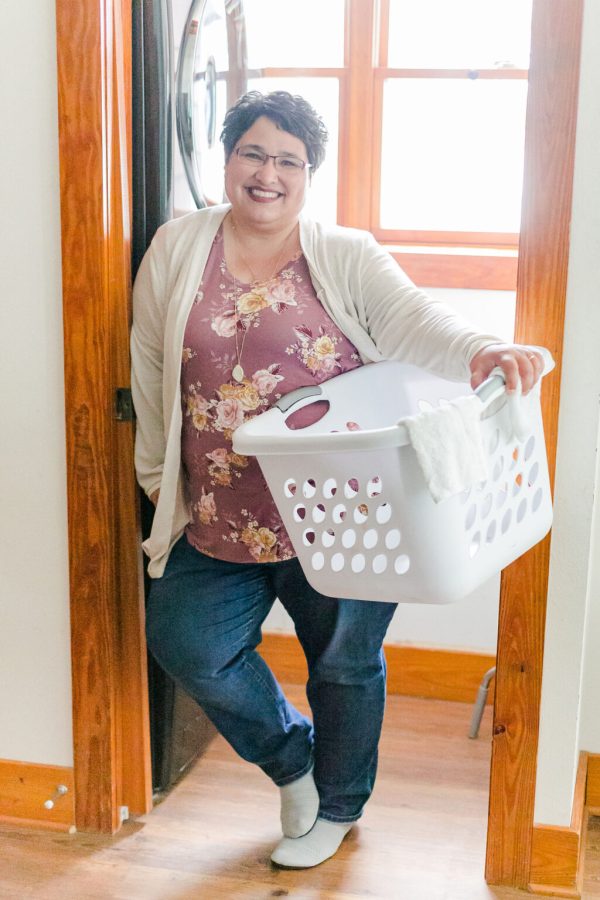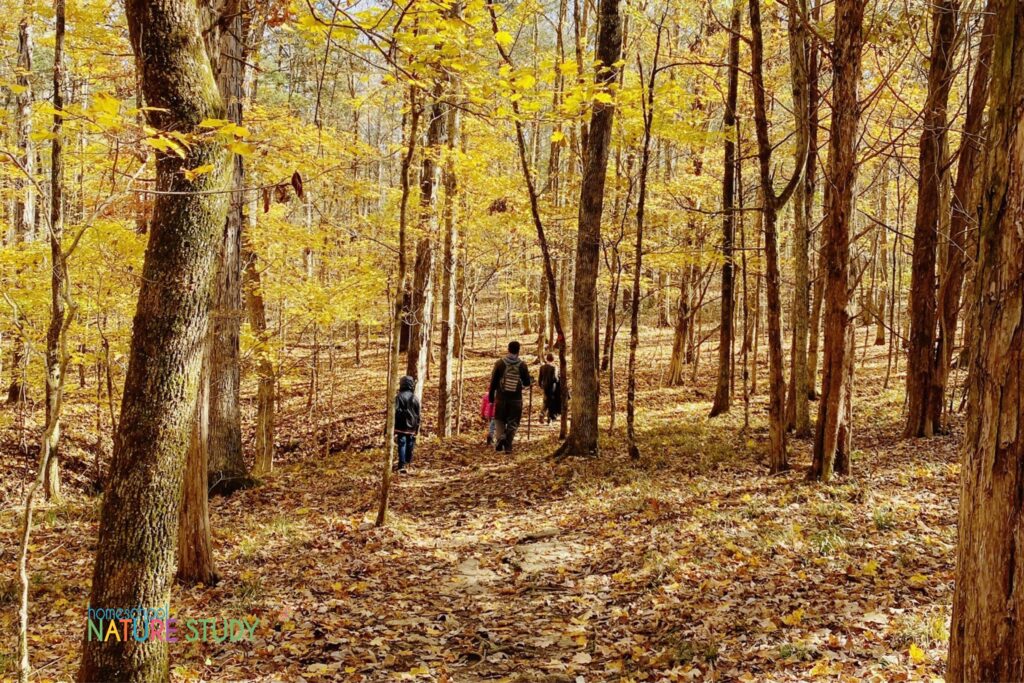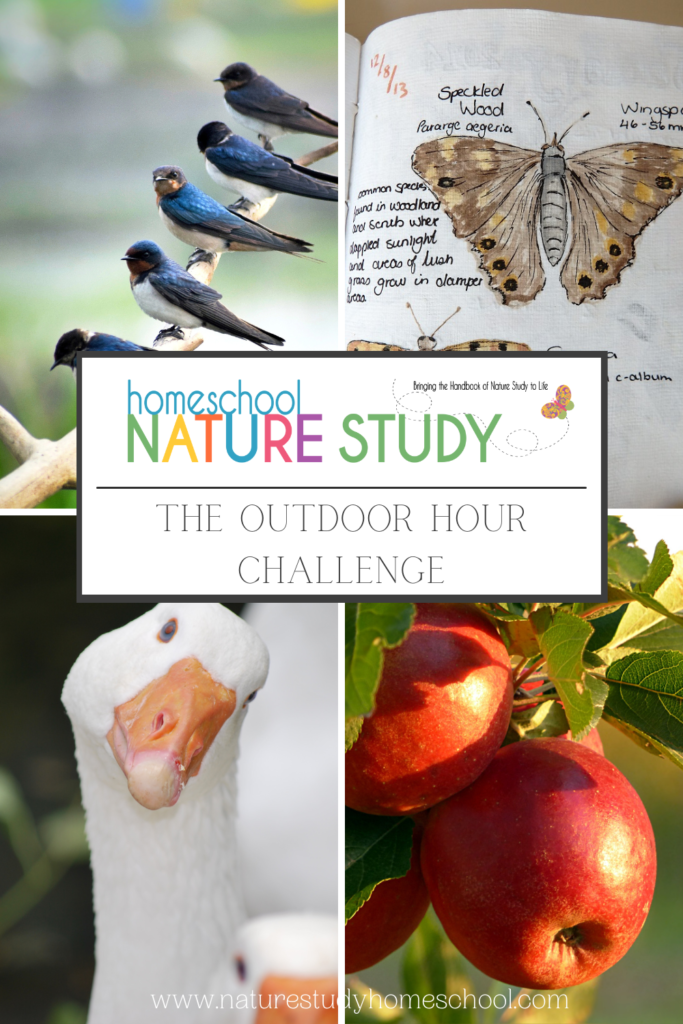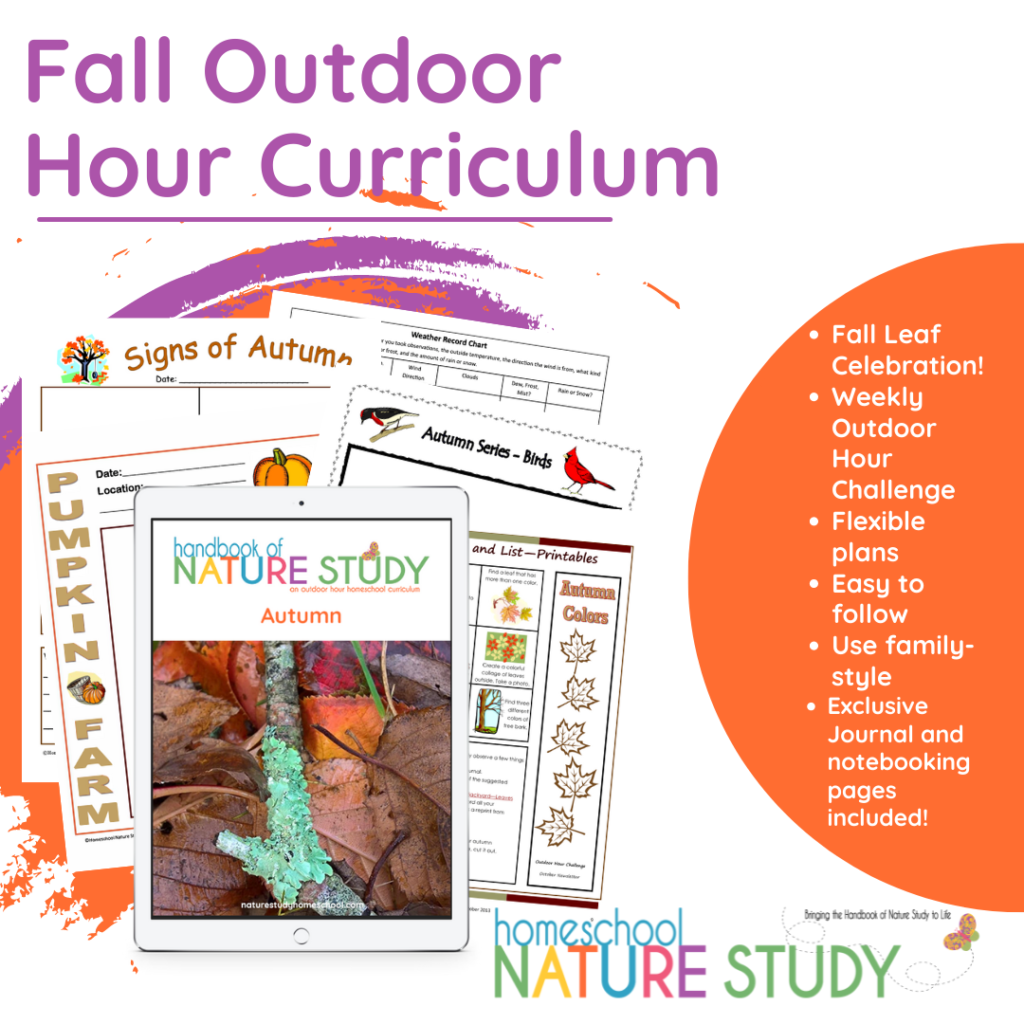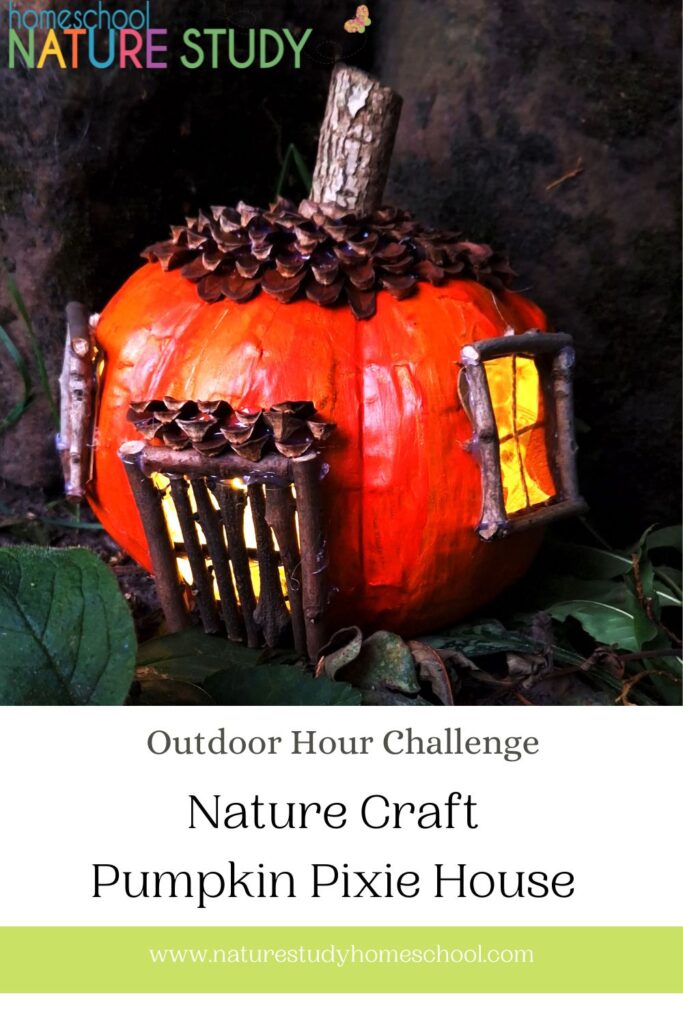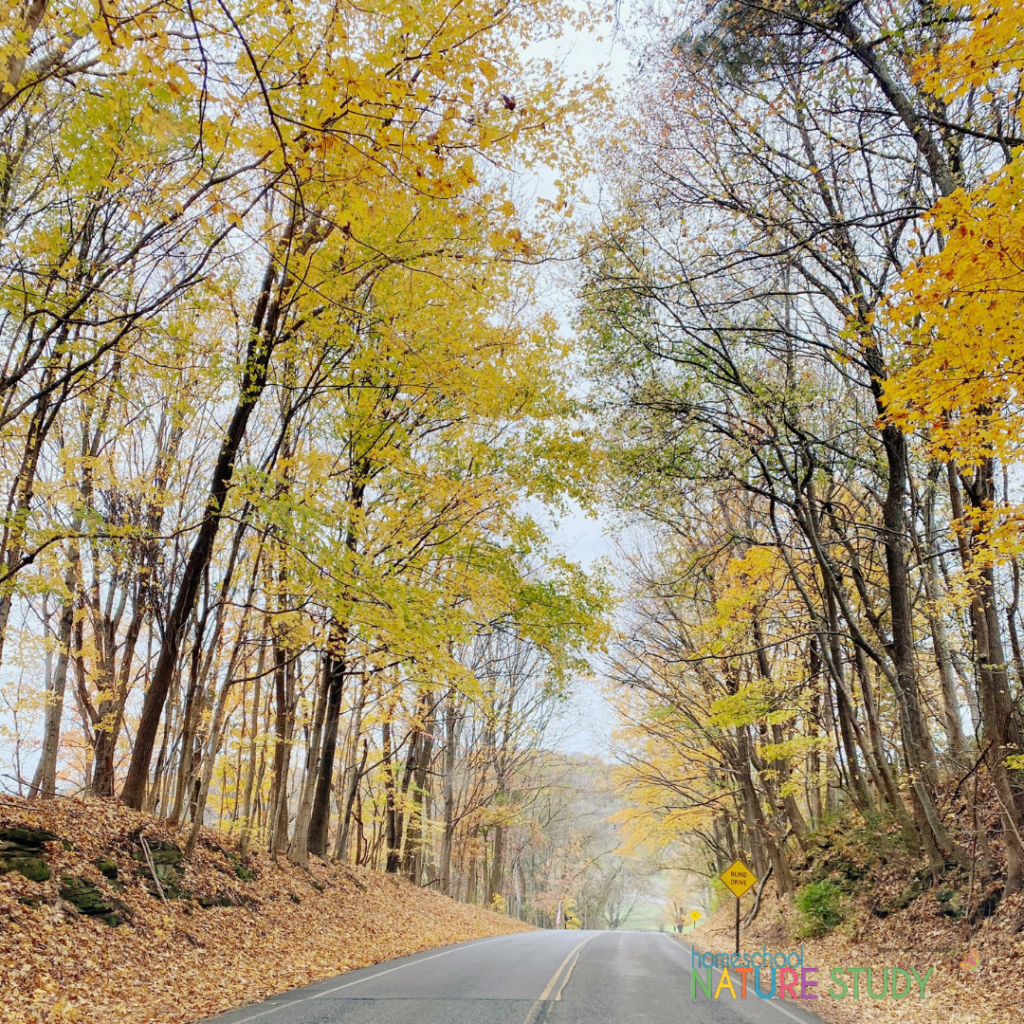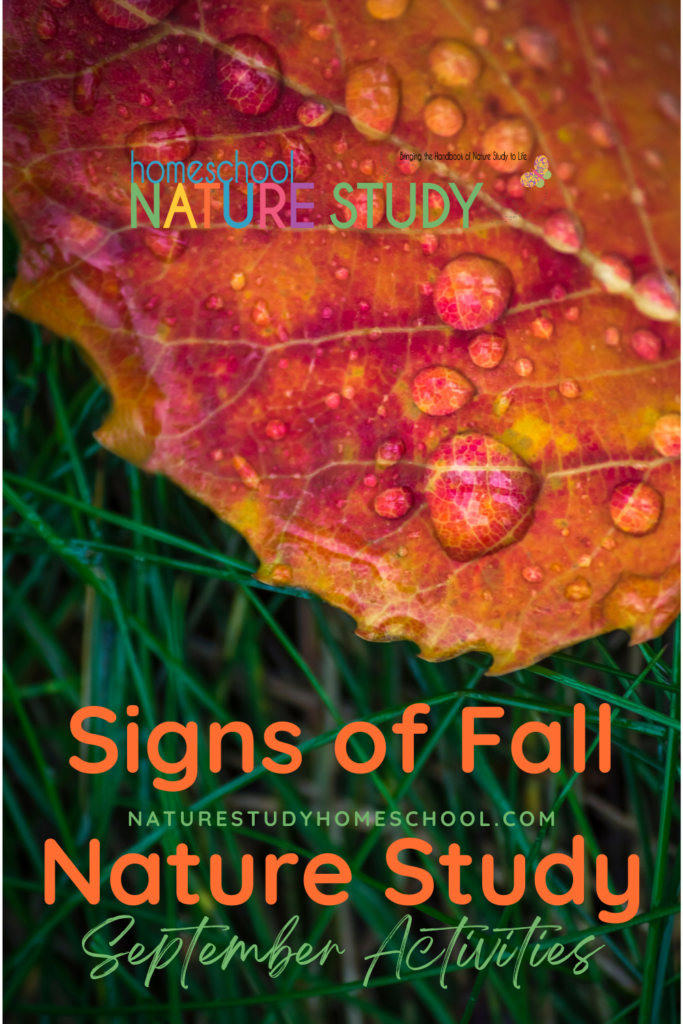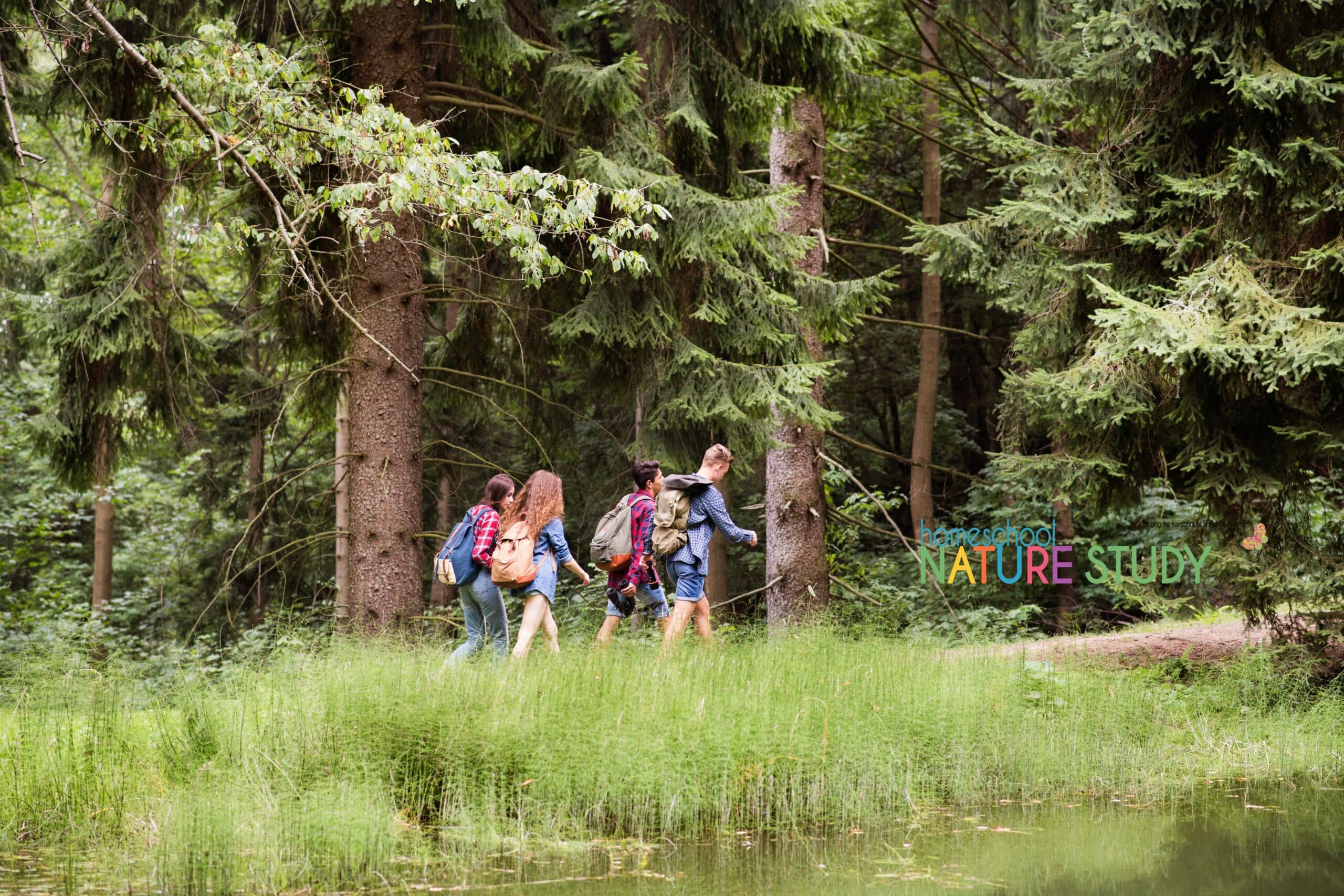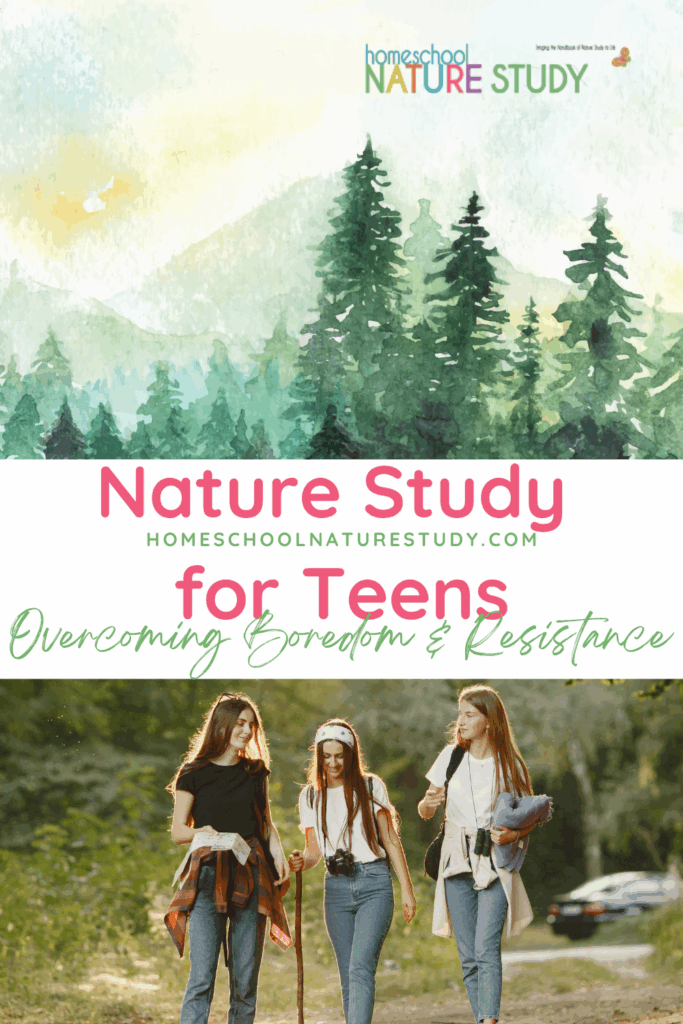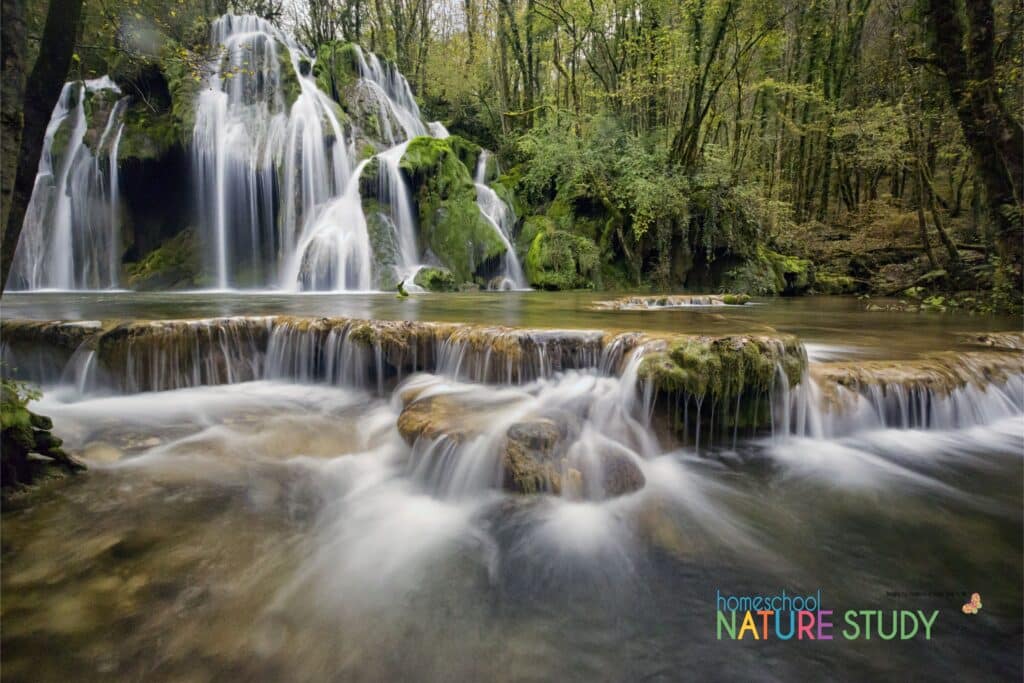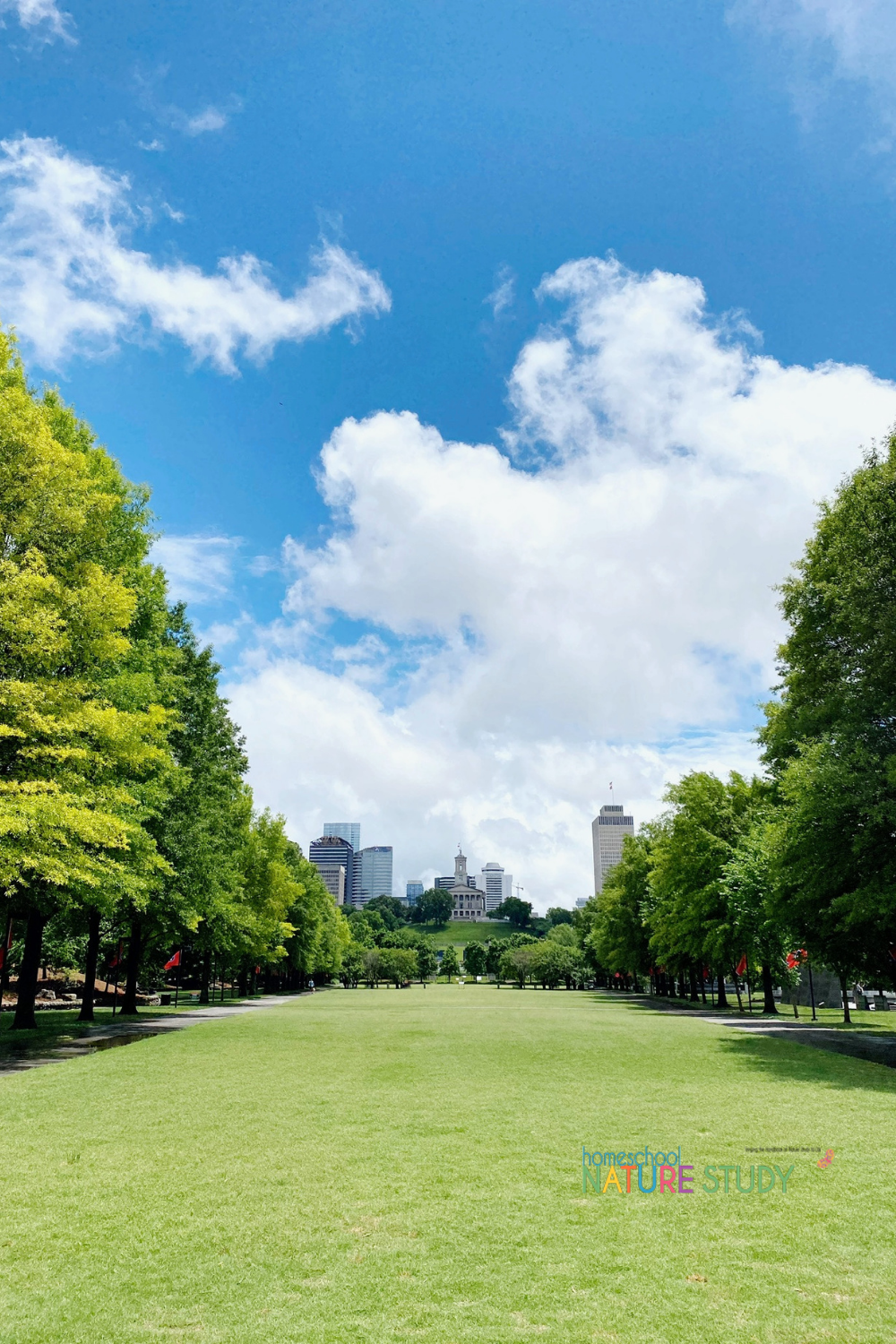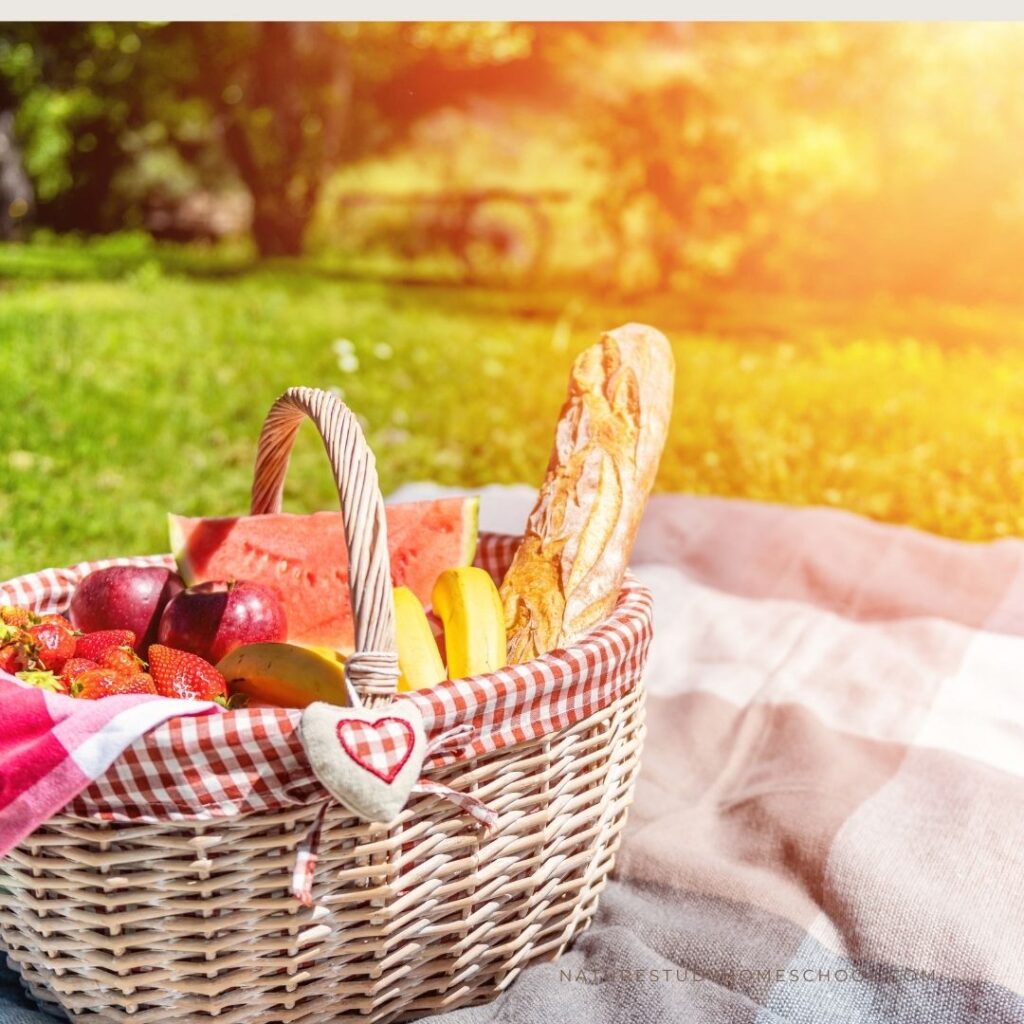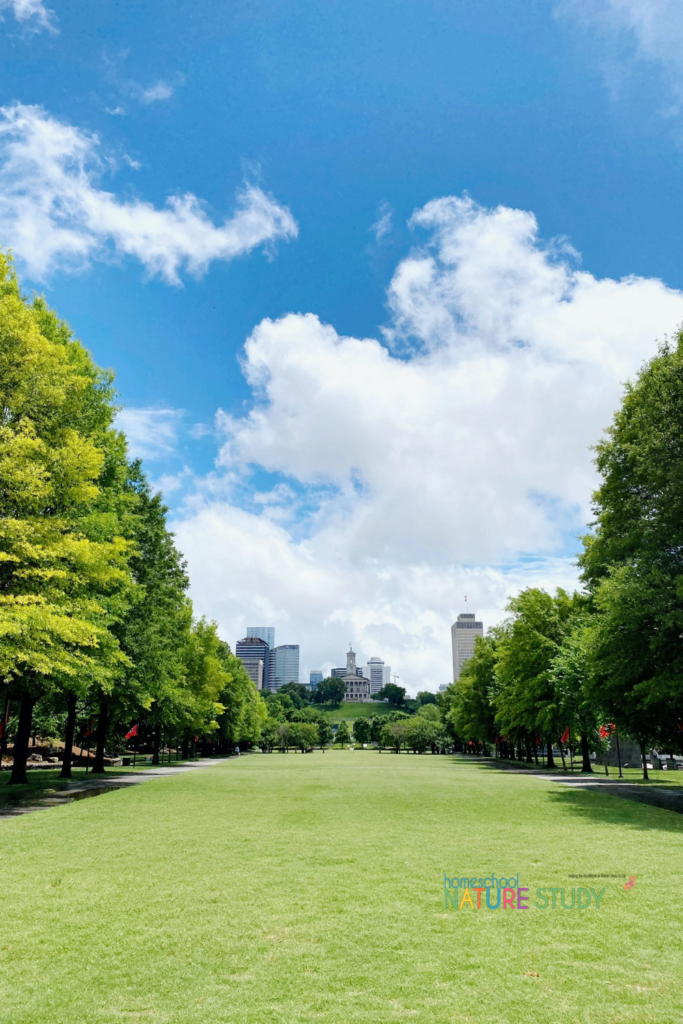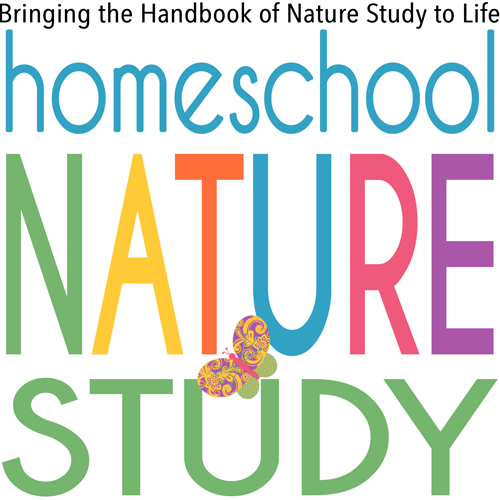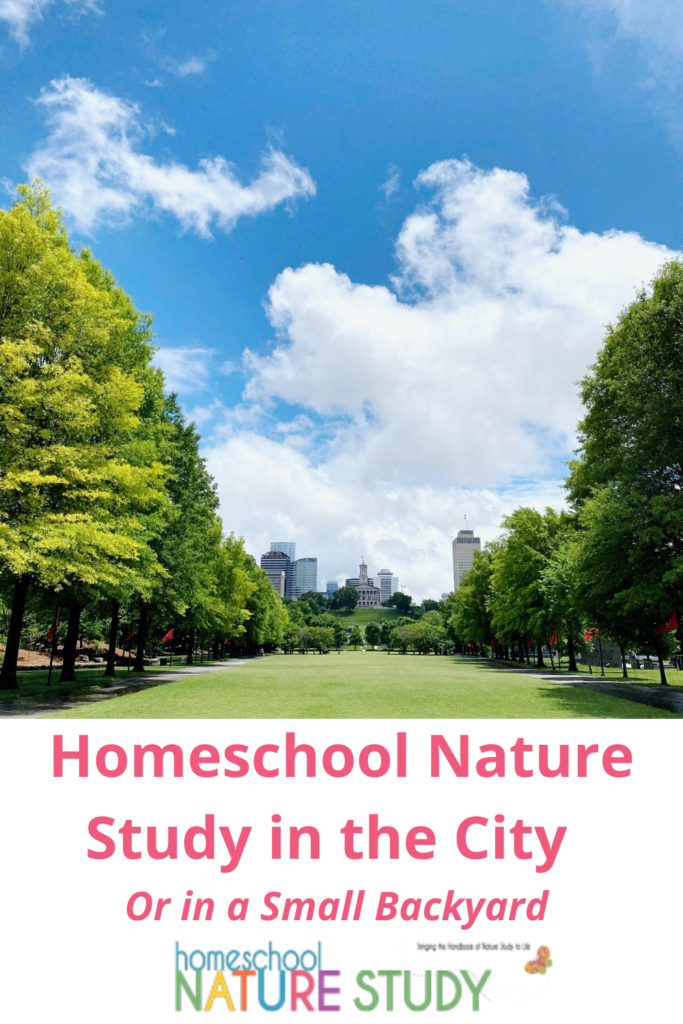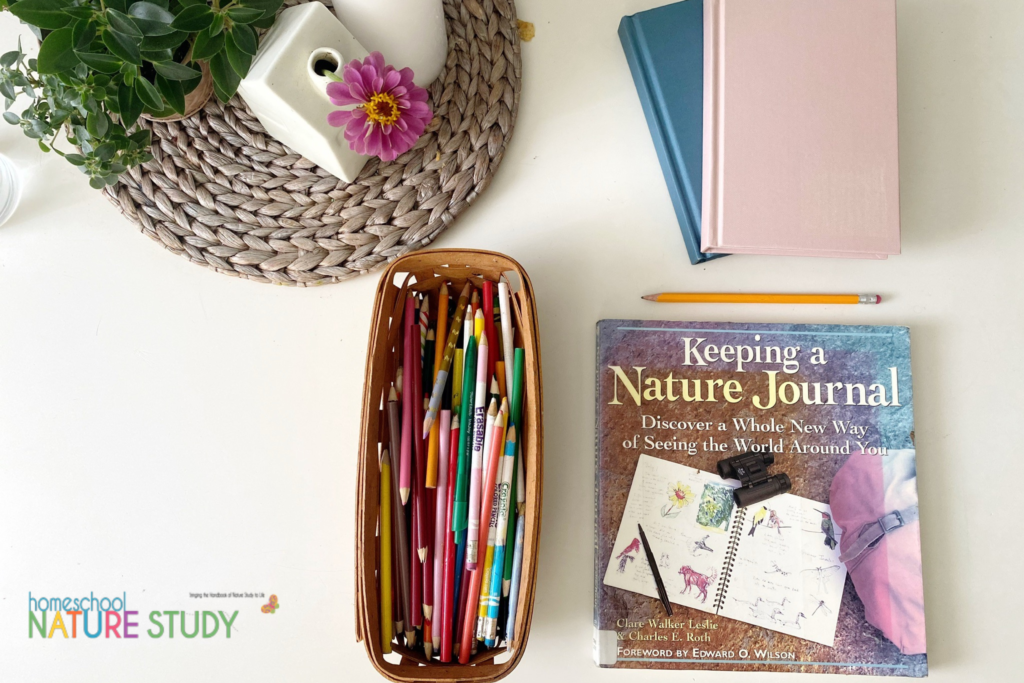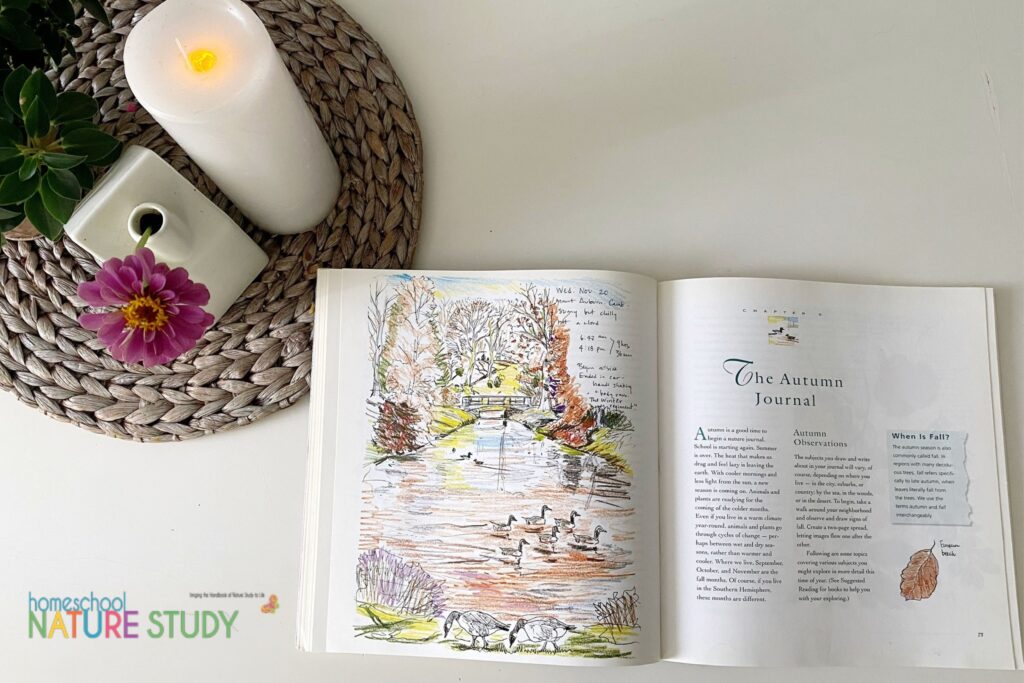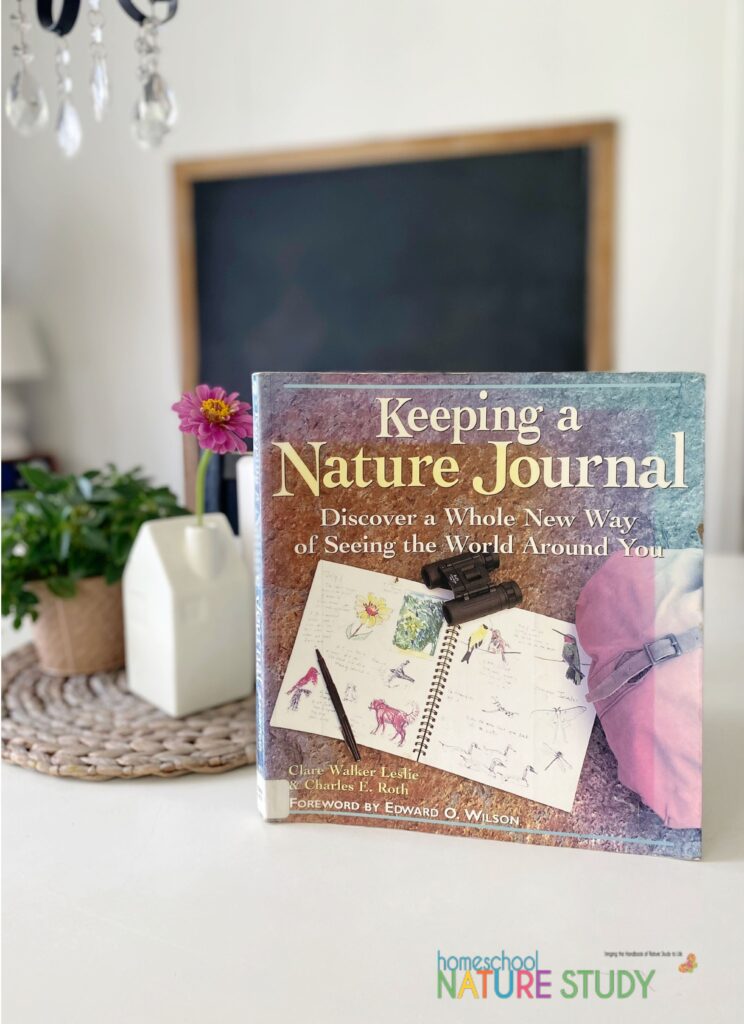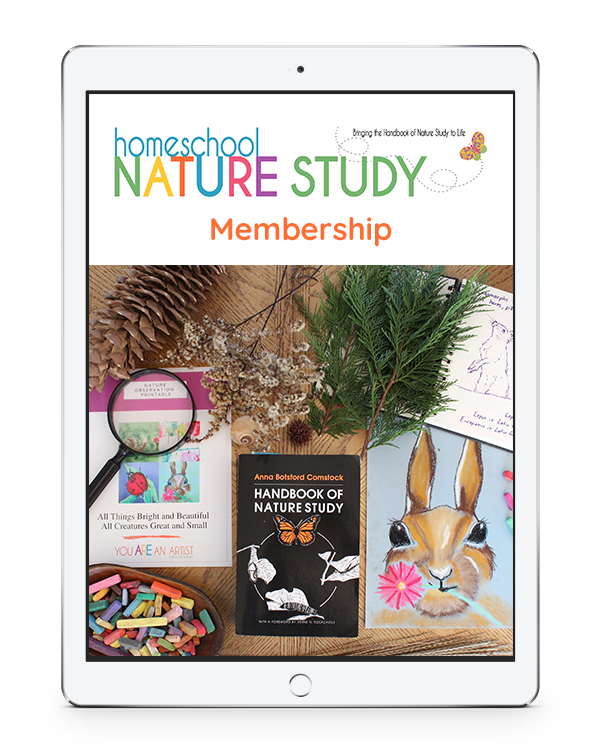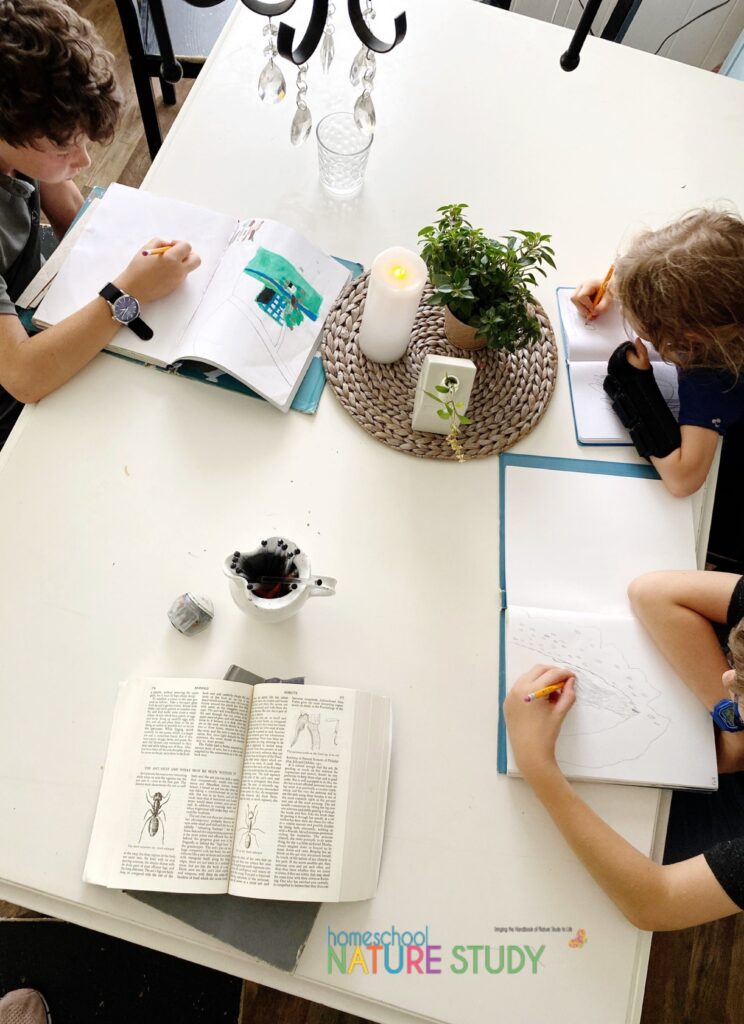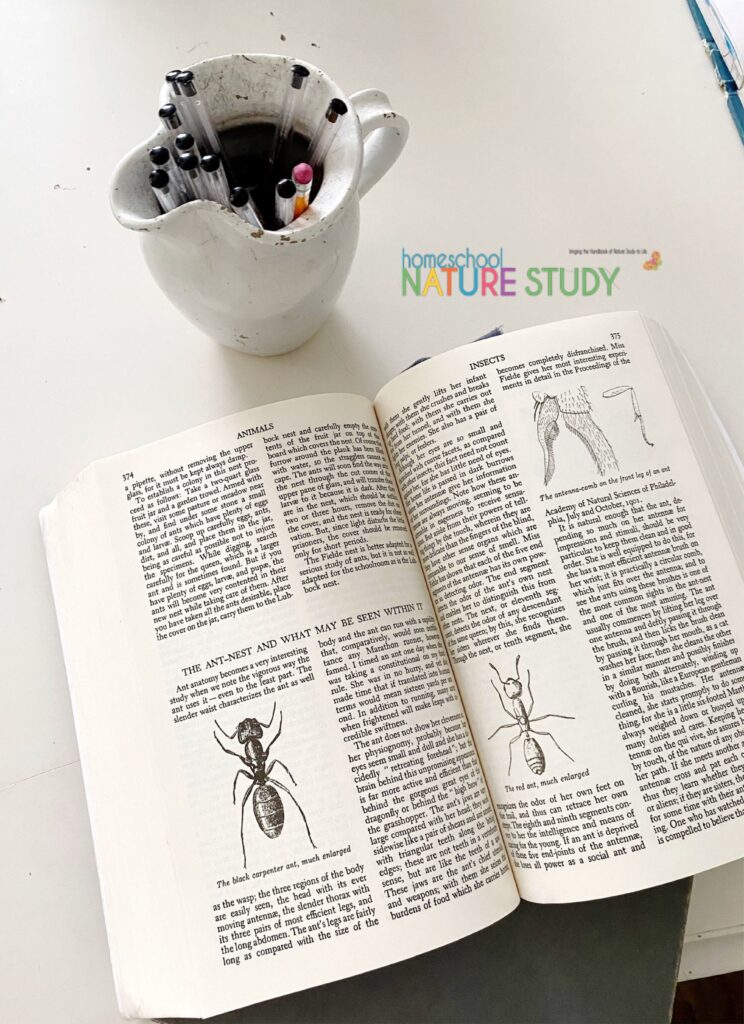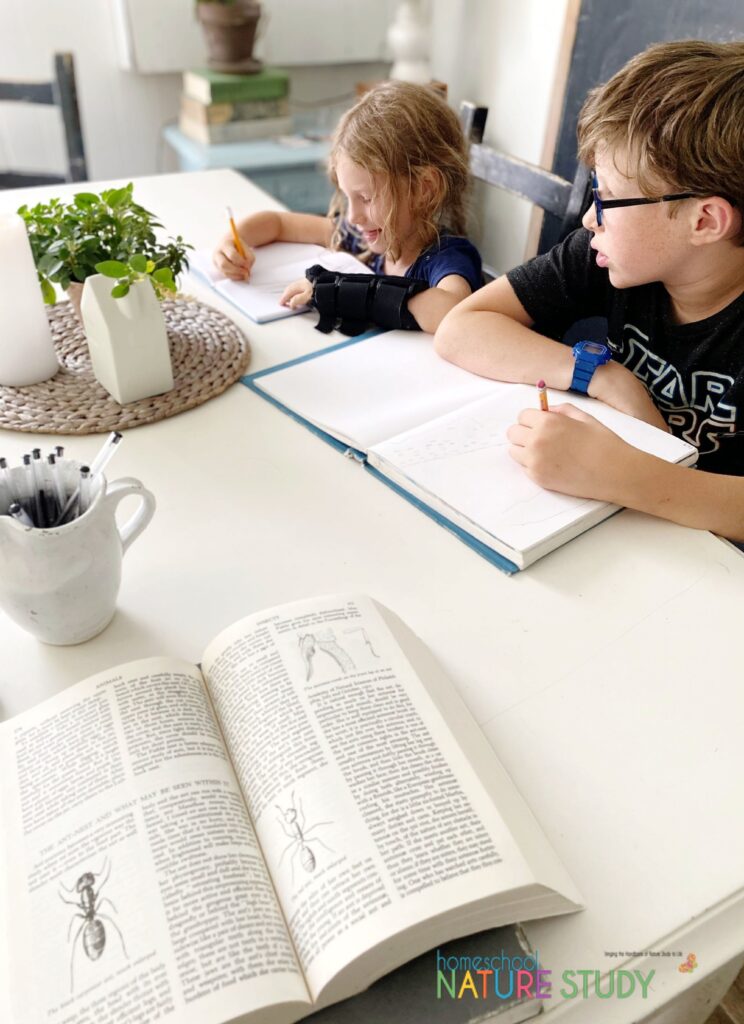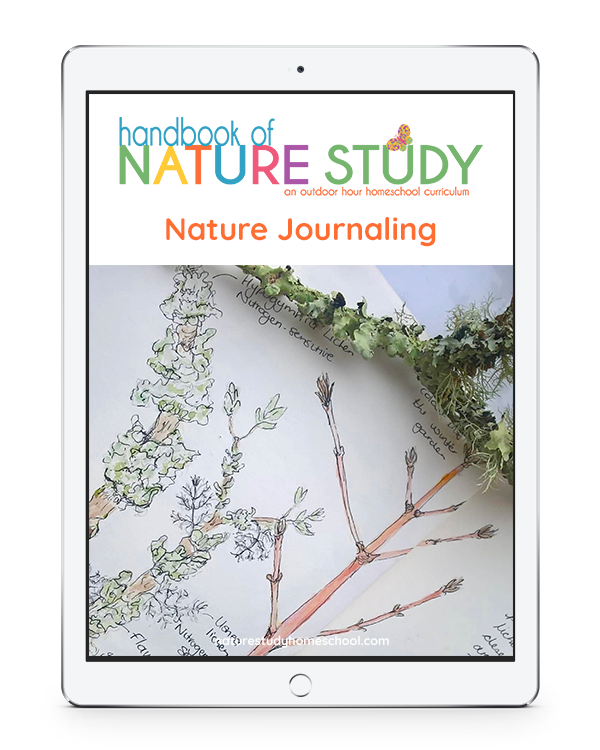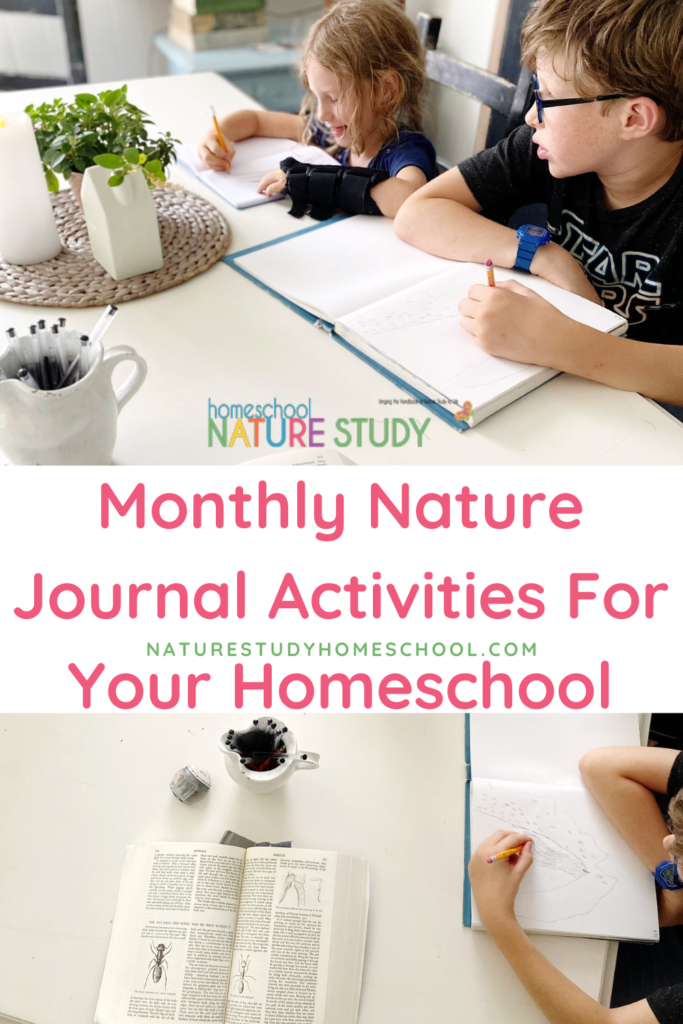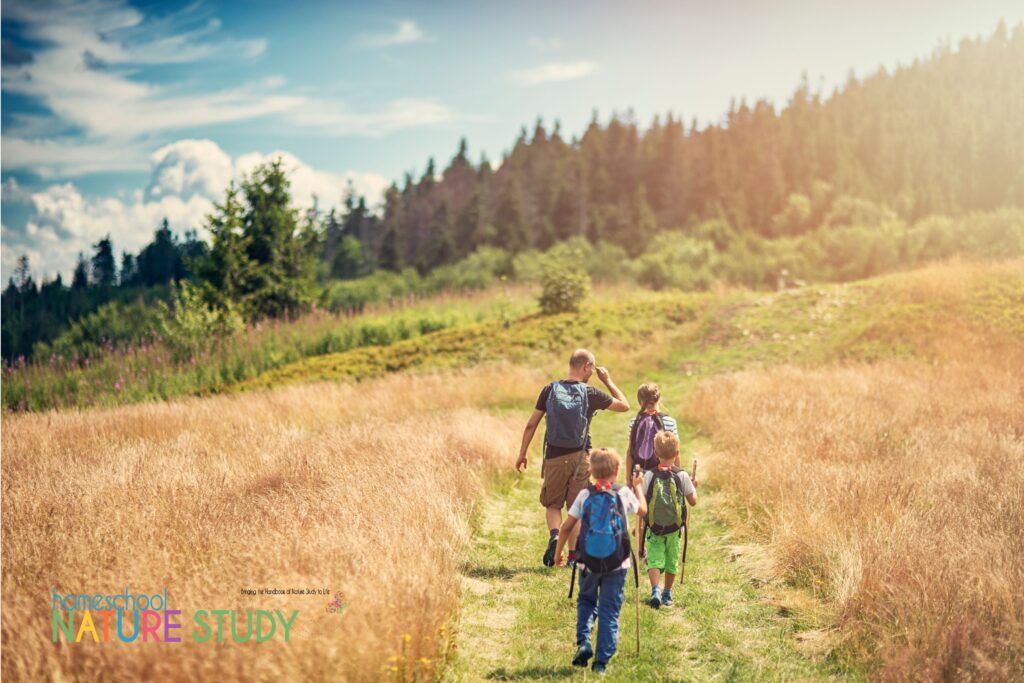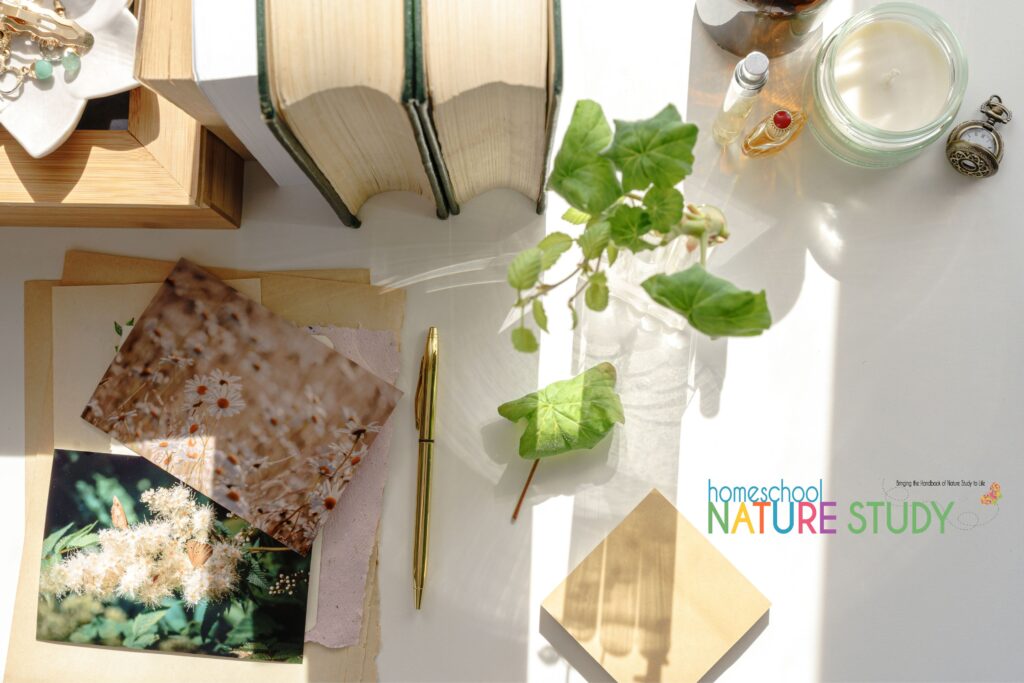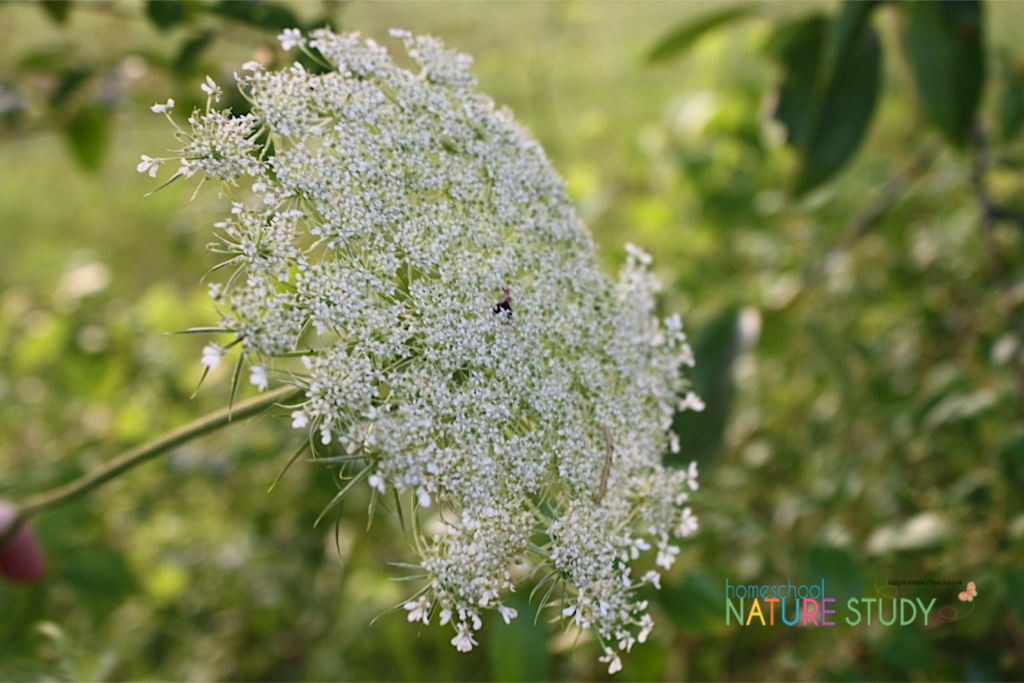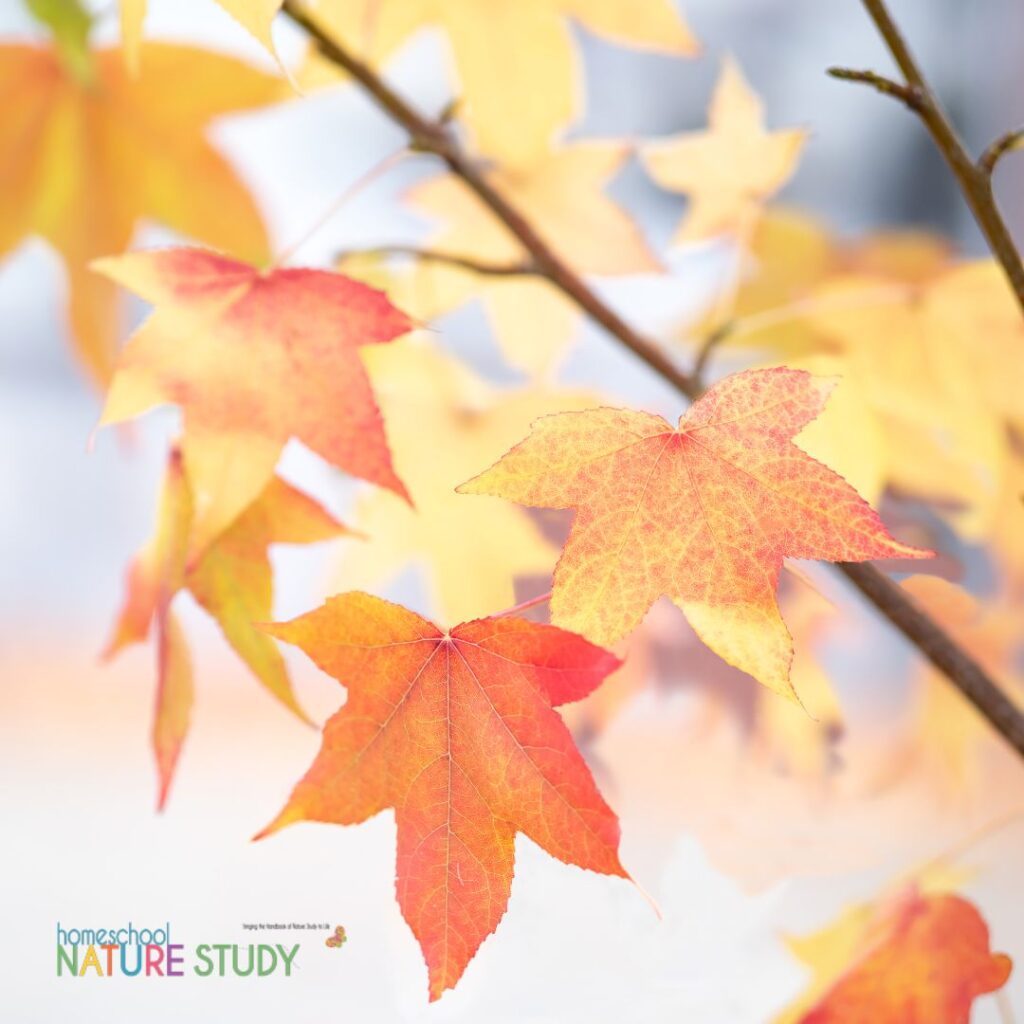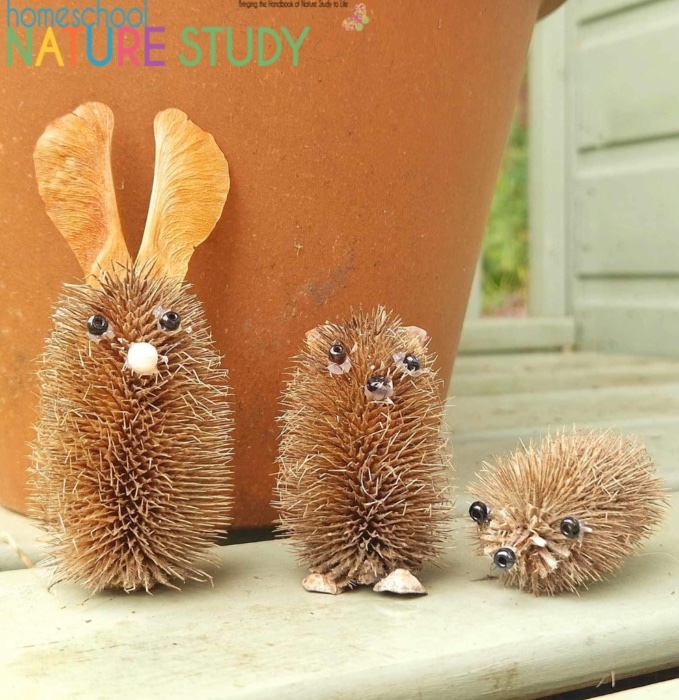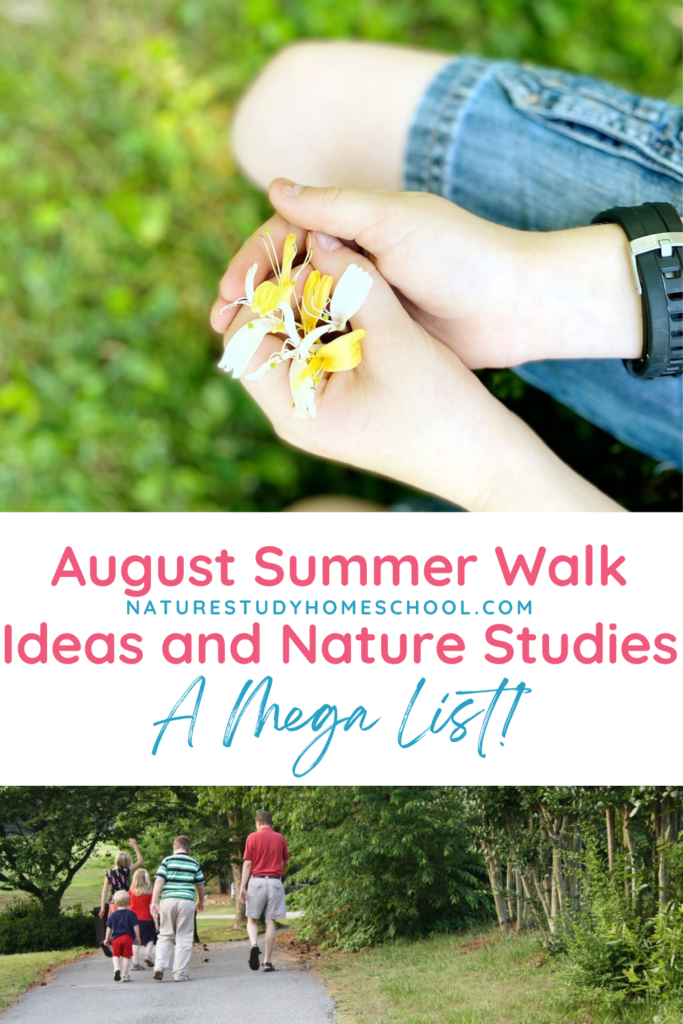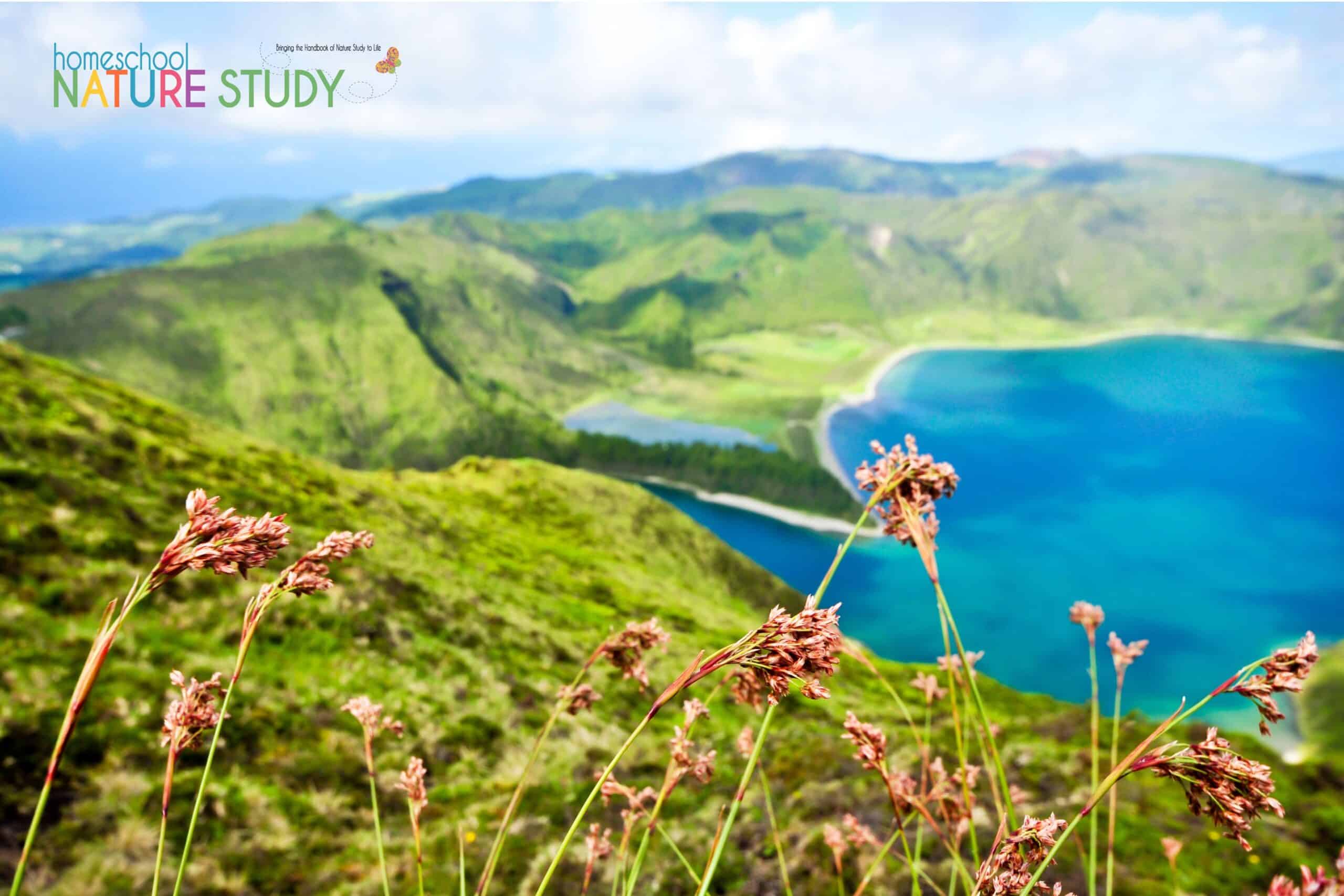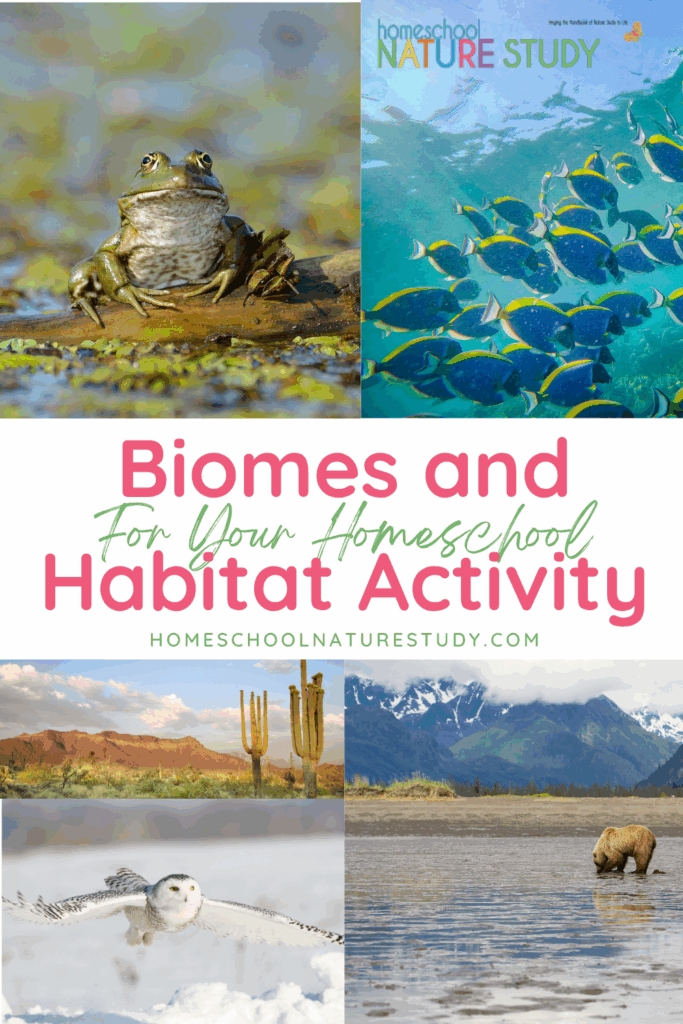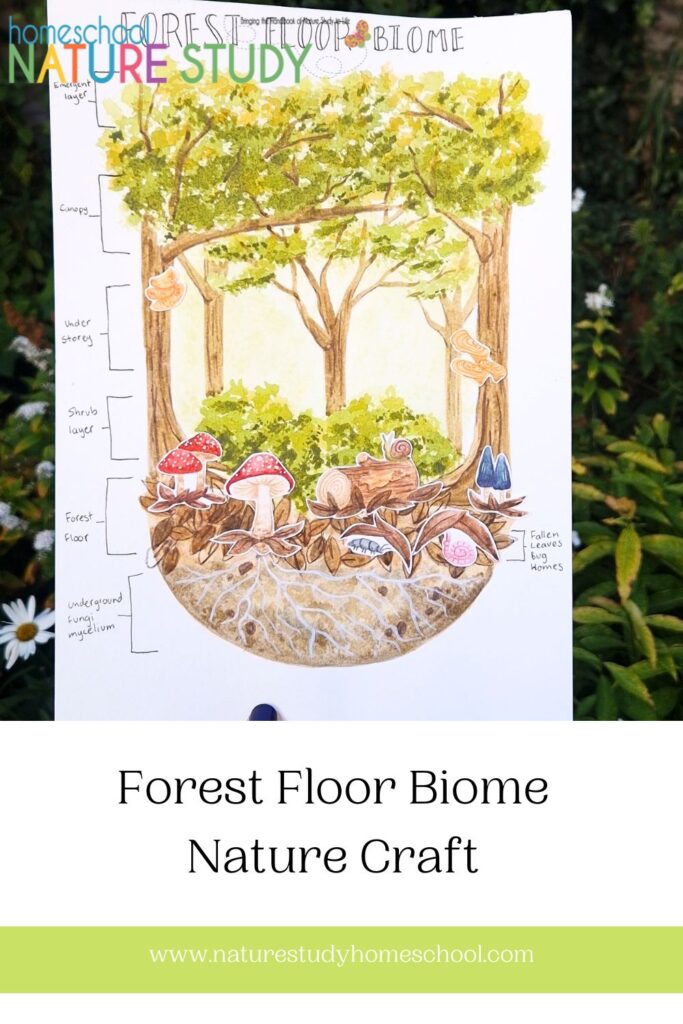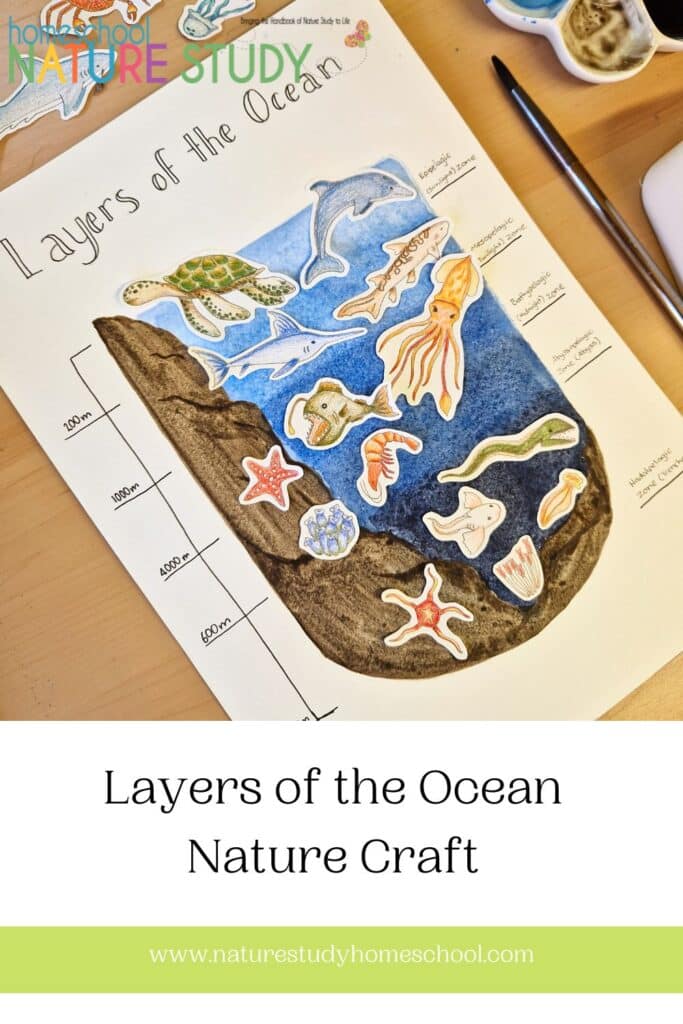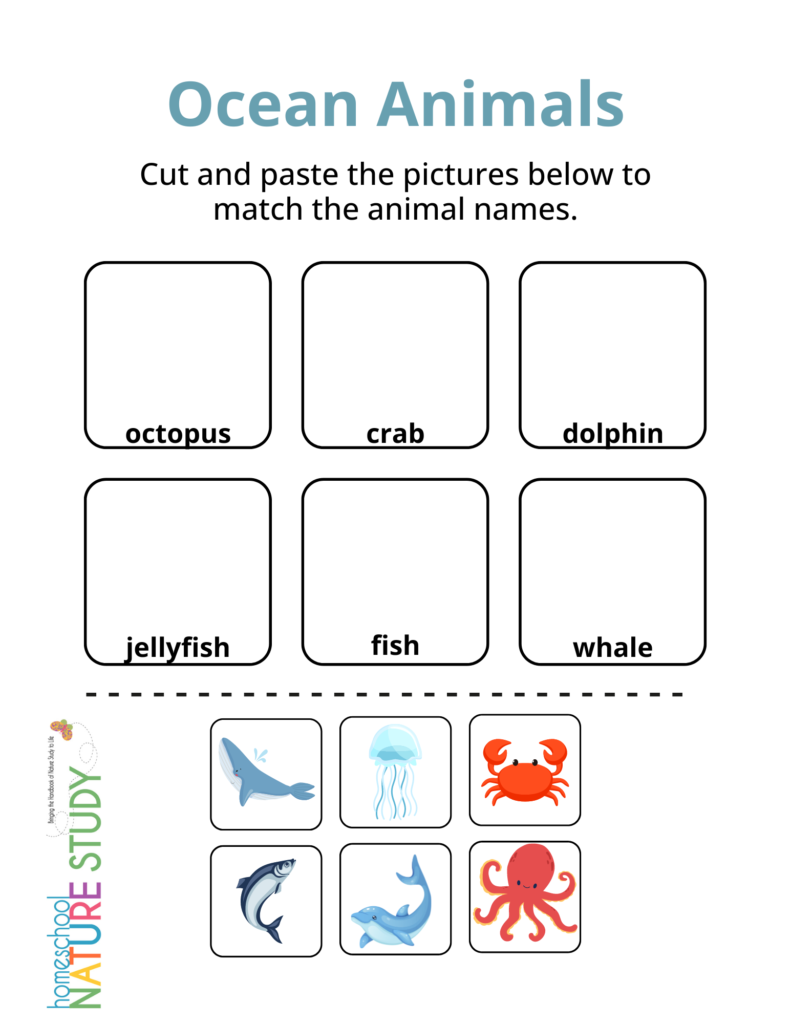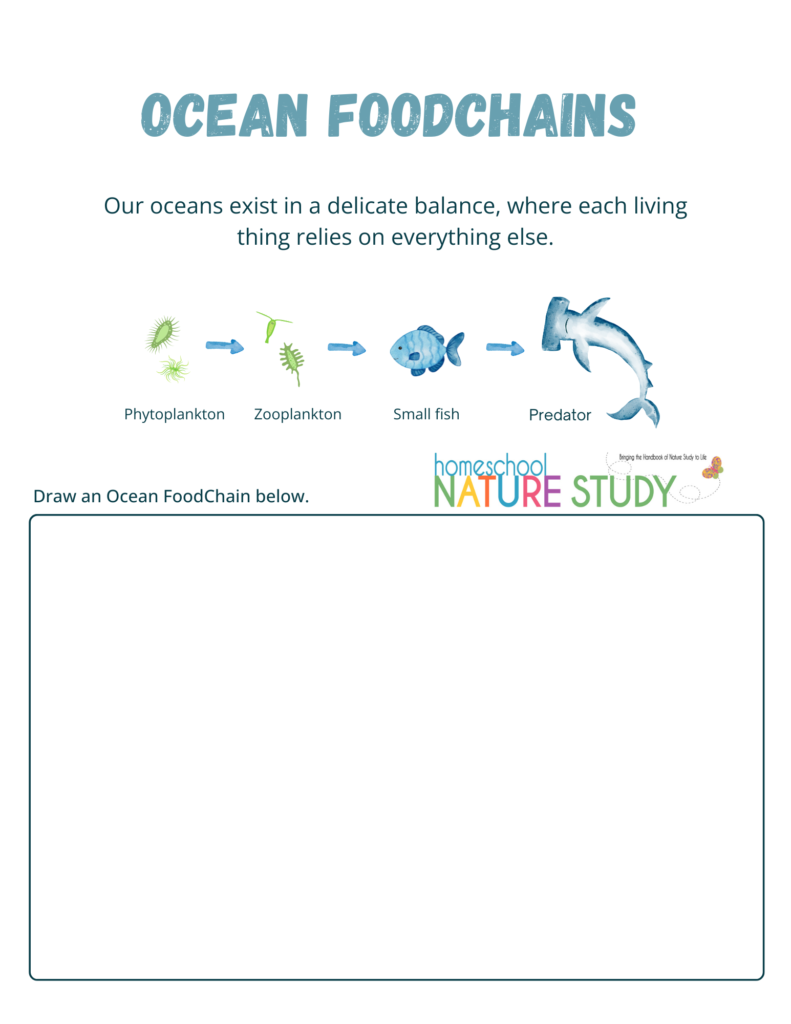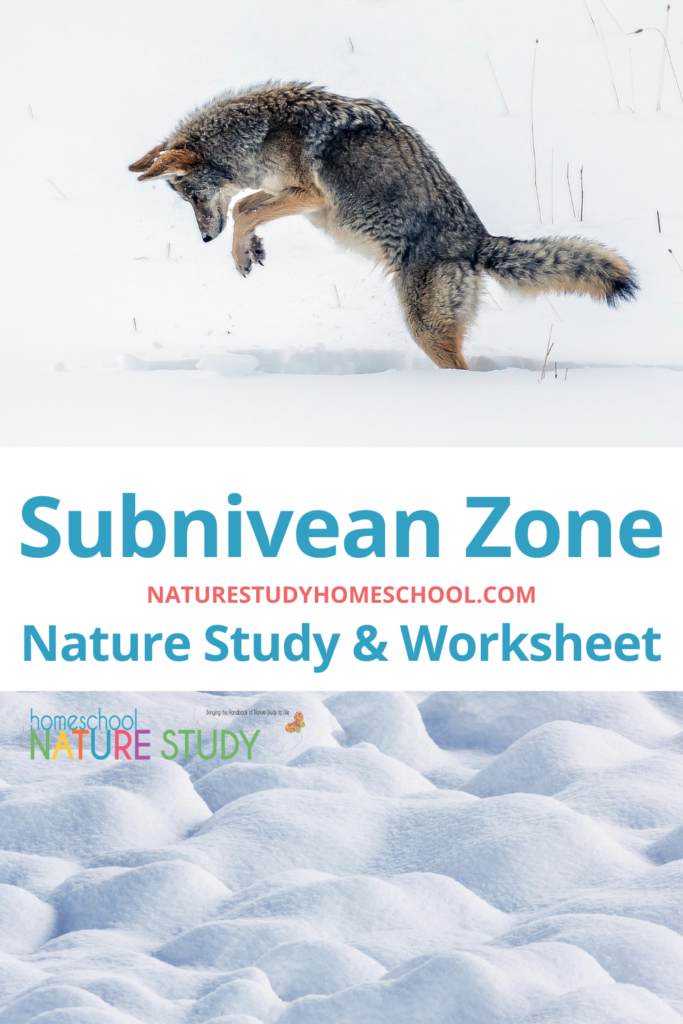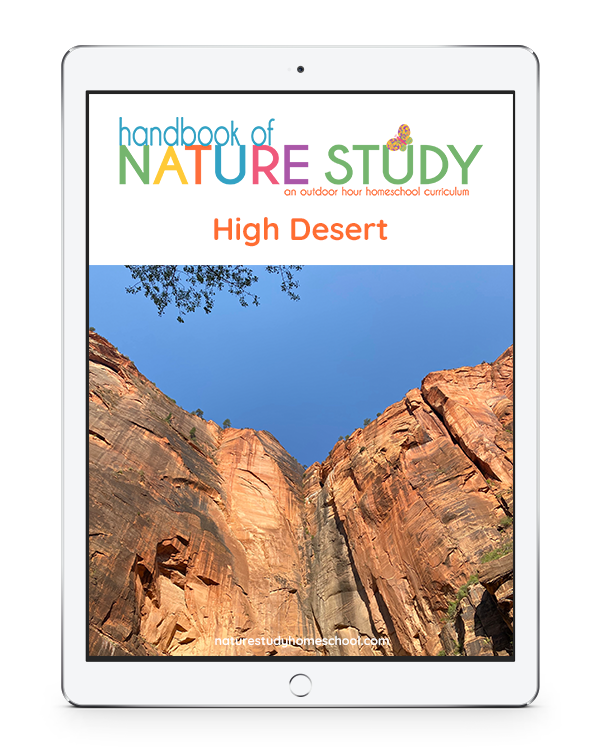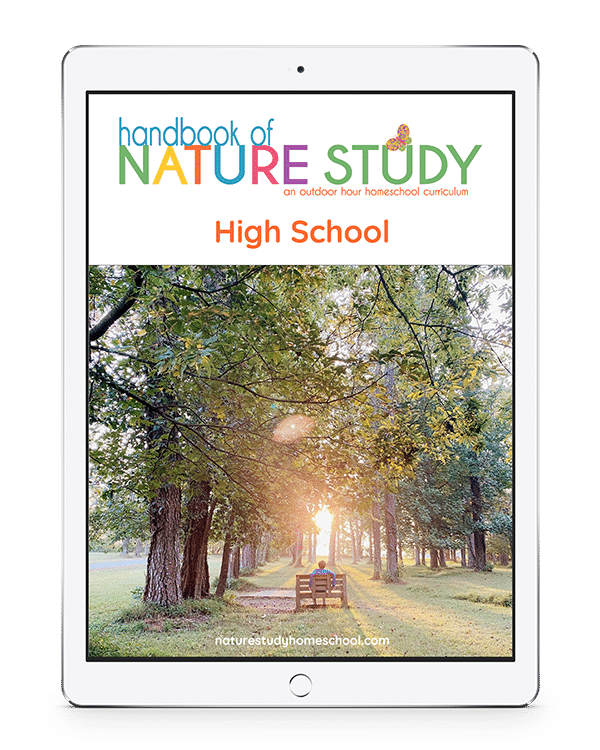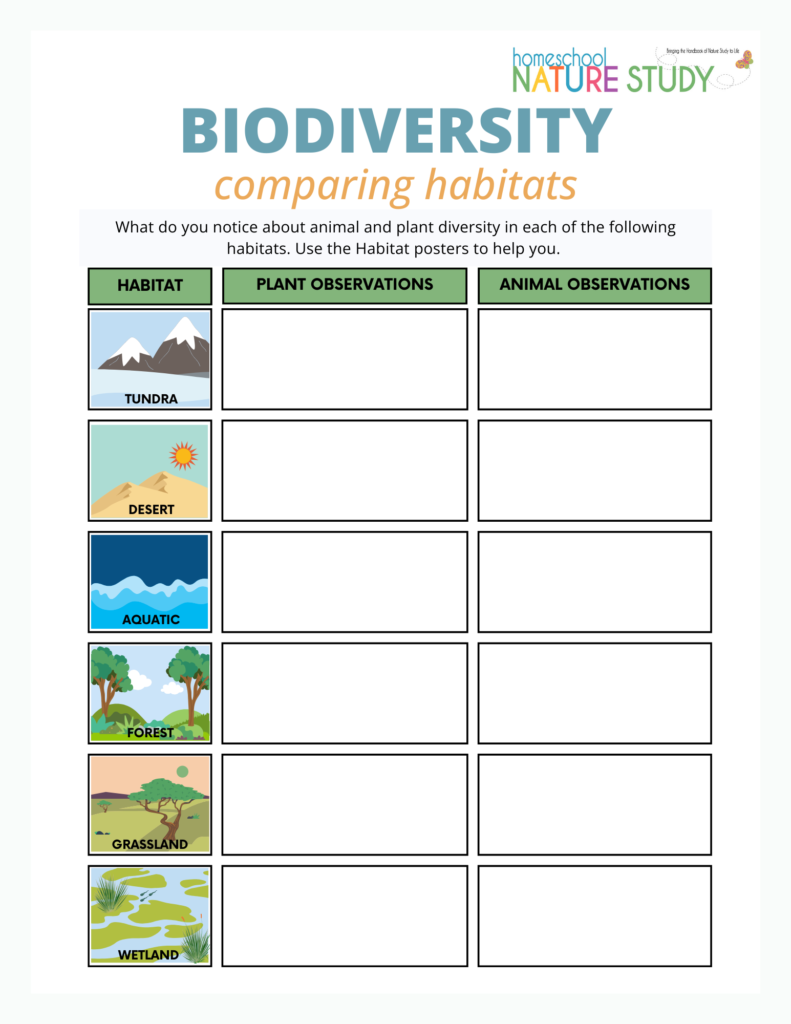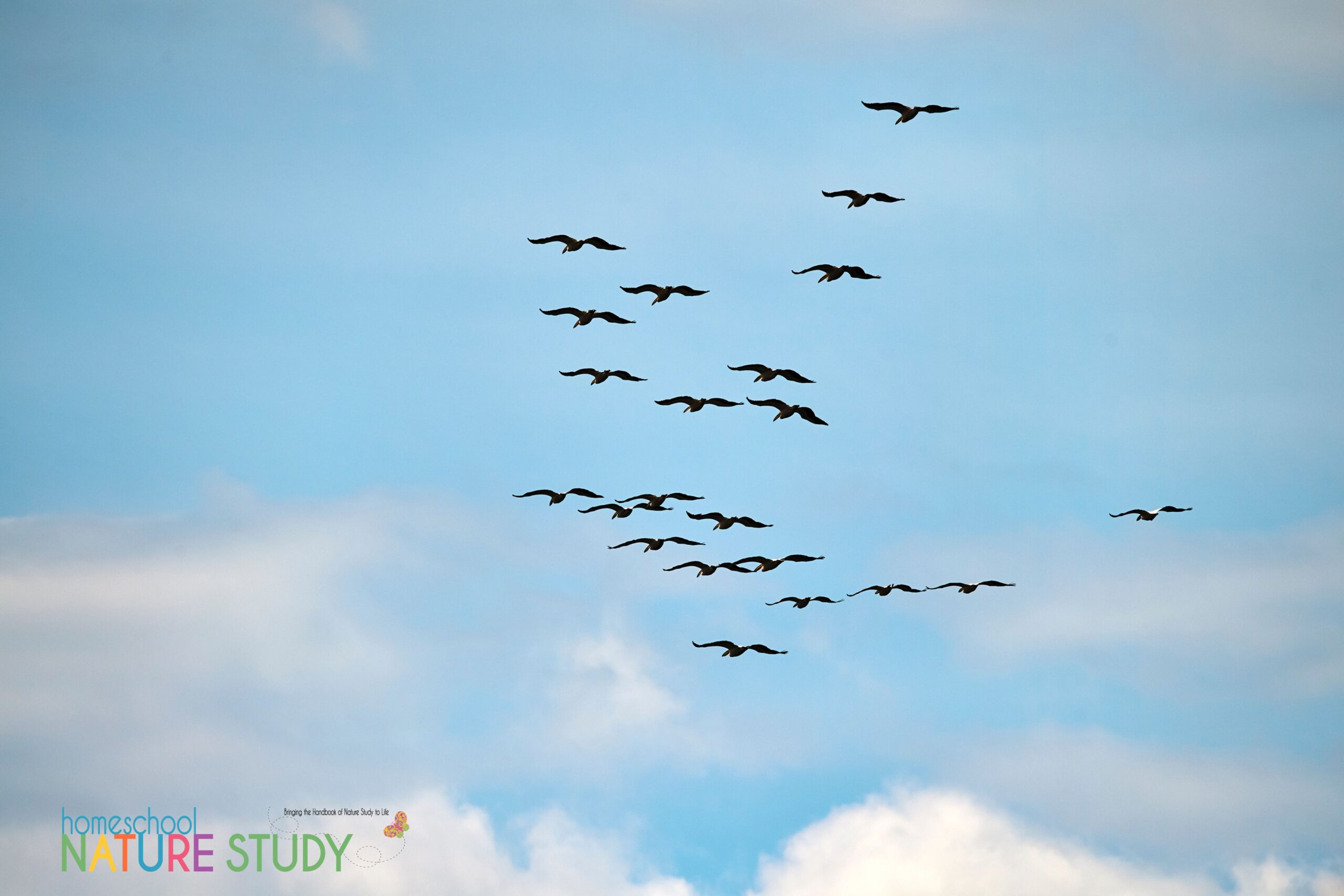
I am learning about bird migration with Project Feederwatch. I am fascinated by birds that migrate. It makes me feel an awe for such creatures and the way they travel up to thousands of miles as the seasons change. When I lived in California, I was aware of birds and the way they would come and go at my feeders season by season. I could anticipate their arrival and then have a fairly good idea of who would be leaving at the turn of the weather.
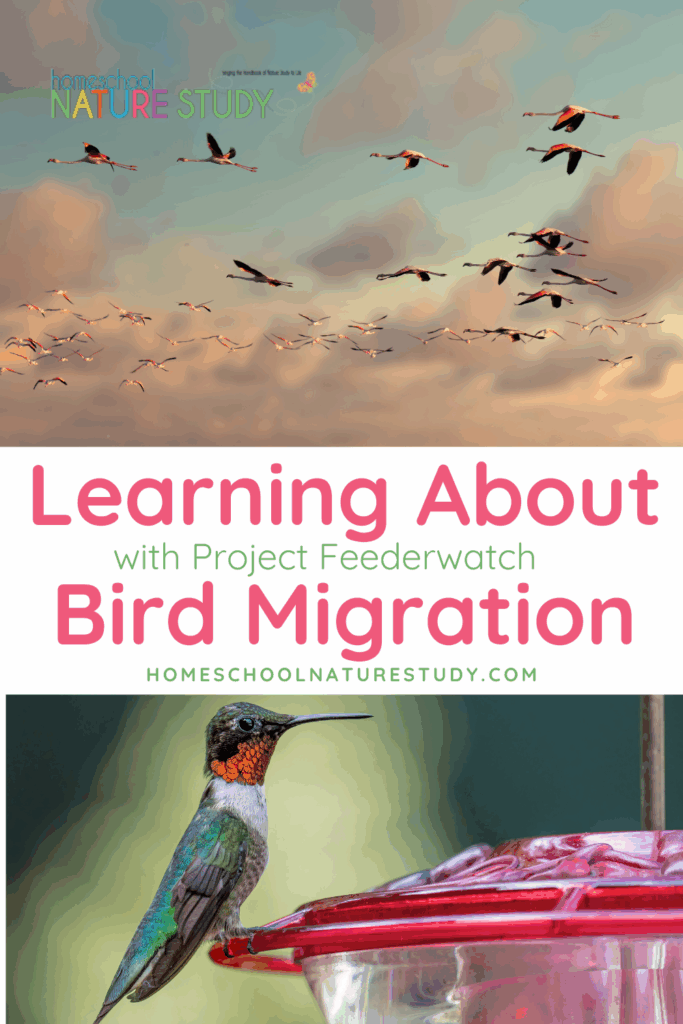
Learning About Bird Migration with Project Feederwatch
Project Feederwatch each year made me keenly aware that the birds at my feeders were not the same year round. Check out the details at their website, here.
I am getting ready to participate in my first year of Project Feederwatch here in my new home. I have updated my account and created a new description of the feeders and their locations and types. Watching birds is an everyday affair here from my kitchen and family room windows so Project Feederwatch is a perfect match for our lifestyle.
Citizen Science Projects In Your Homeschool
I enjoy participating in a citizen science project that helps gather data for those involved in various bird science projects and studies. Plus, it is something that refreshes me and brings a lot of joy to my life. It is something that I can participate in that doesn’t take a huge commitment of time and I can do it right from my own home, even if I am wearing my pajamas.
This is our first autumn and winter here in our new home so we are still experimenting with various feeder types and the placement within the yard. I had an idea to add a brush pile just outside our back fence after we trimmed some tree limbs. So far I have observed birds and squirrels investigating the jumble of limbs with their needles and cones still intact. It isn’t too far from my cluster of feeders so it will provide some shelter for birds once the snow arrives.
I started right after we moved in creating a list of bird visitors to our yard. I will be keeping that habit going right on through the next few seasons. This should give us a pretty good idea of the migrant visitors as they pass through or stay for awhile. This is a simple way to get your family started with a more in-depth bird study and I encourage you to keep track of the birds that come to your feeders. It may just make you more aware of bird migration!
We recently had the experience of hearing and then seeing a group of sandhill cranes fly over our yard. It was about sunset when my son and I were out doing yardwork. I heard in the distance what at first I thought were geese coming overhead. But, it was a strange and unfamiliar sound and not geese at all. (Click over to AllAboutBirds to hear what it sounded like.)
My son spoke up when he realized it was the sound of sandhill cranes. He had heard them before when we lived in California and immediately recognized the rattling loud commotion of a group of cranes flying south over our house. It was exciting to experience this for the first time and I have since done some research into the migration habits of the sandhill crane. Knowing how far they fly has given me such an awe for these large birds. I followed up that time and created a page in my nature journal with this information.
The opportunity to study birds can present itself when you least expect it…look for those opportunities!
Make sure to learn about the Feederwatch program and decide if it is a good fit for your family!
More Resources for Learning About Birds
There is a wealth of birding information on the internet but I have not found a more homeschool-friendly site than the ones sponsored by Cornell University. I would love to encourage you all to subscribe to their homeschool blog (click the logo above to pop over there now).
You can also follow them on Facebook .
You can download homeschooling resources here.
Of course, my favorite resource is their AllAboutBirds website which is a great tool for identifying and learning more about birds in your own neighborhood.
Birdcast gives you live updates on bird migration! Fascinating to follow! Thanks to Carol for sending this resource.
Hummingbirds are such fun ones to keep track of migration! Enjoy these Hummingbird Nature Activities for Kids!
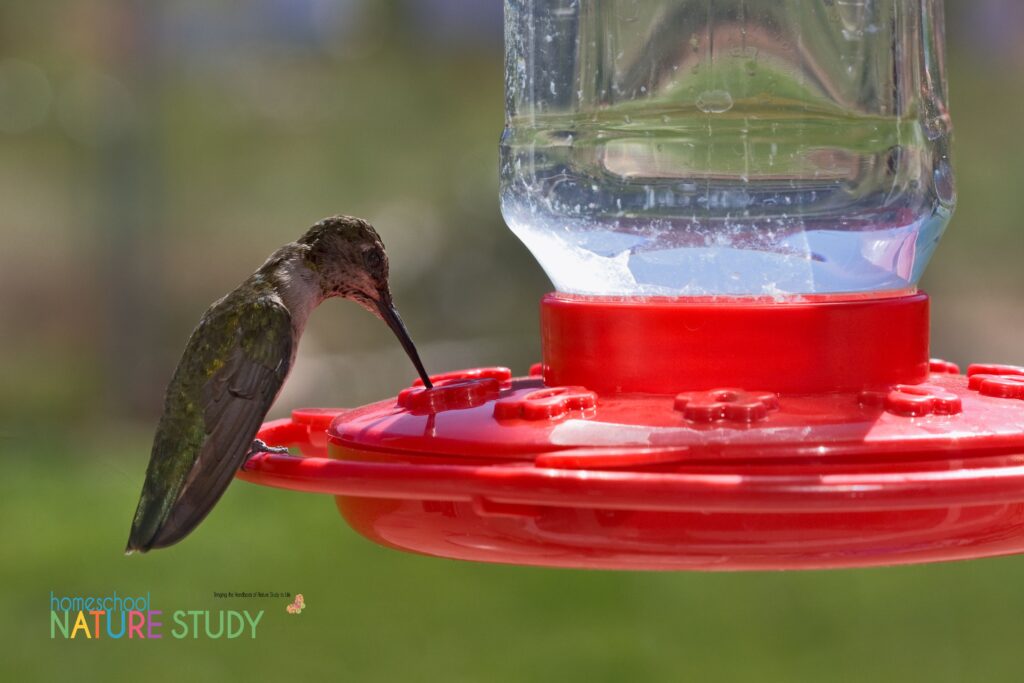
Birds are such a joy to learn about. Here are some more bird nature studies you can enjoy!
- Fun Bird Nests and Eggs Nature Study Activities
- Nature Studies Great for Bird Watching
- Spring Birds at Your Best Homeschool
- Snowman Bird Feeder Activity for Winter
- A Fall Bird Study for Your Homeschool
- Homeschool Nature Book: Birds, Nests and Eggs
- Great Backyard Bird Count: Everything You Need!
- Homeschool Bird Study for Different Learning Styles
- The Ultimate List of Bird Nature Studies Using the Outdoor Hour Challenges
- Autumn Bird and Woodpecker Nature Study
- Learn About Birds: Activities for Young Children
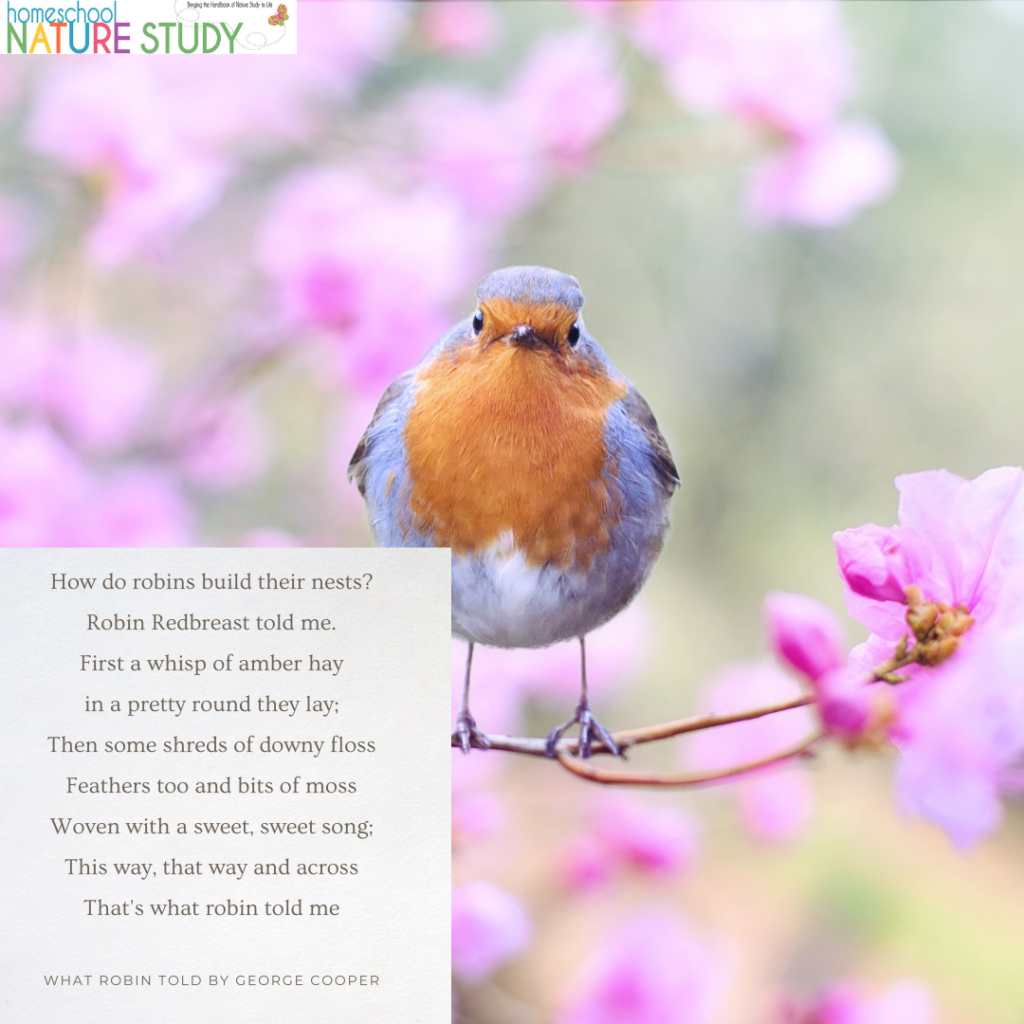
Homeschool Nature Study Membership
Join us for even more homeschool nature studies for all the seasons! With a nature study each week, you will have joyful learning leading all the way through the homeschool year for all your ages!
Not yet a Homeschool Nature Study Member? We’d love for you to join us and take advantage of the numerous studies – already planned out for you, craft ideas, free worksheets, and #outdoorhourchallenge fun! Become a member and bring the love of learning nature and science easily into your home.
Be inspired. Be encouraged. Get outdoors!
-First published by Barb October 2017. Updated September 2025 by Tricia.







